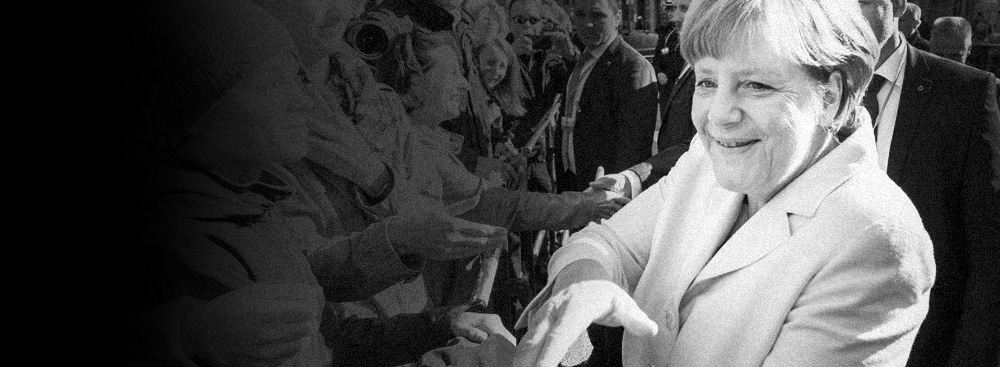If the events of last year — from the rise of the Islamic State to Russia’s invasion of Ukraine — harbingered the fracturing of the world, then 2015 showed that some wounds can in fact be healed. Historic agreements with Iran, Cuba, and Greece all emerged from months, even decades, of hard-fought, spirited negotiations. Common ground, whether political, economic, or moral, ultimately bested the power of indifference. Other stories showed that public opinion, no matter how seemingly intransigent, can change: In both the United States and heavily Catholic Ireland, for instance, same-sex marriage is now legal. Yet despite this headway, the work of curing what ails the world is not done. This year’s Global Thinkers represent how the struggle — from Raqqa to Washington, Athens to Kabul — continues. While some of them are impediments, many more have generated ideas that could promise humankind a better future.
«Темы»
Рейтинги,
«The Leading Global Thinkers of 2015»
DECISION-MAKERS
Getting to yes is rarely easy. This year, however, diplomats and politicians came together to open long-closed doors in Iran and Cuba, bring Greece back from the precipice of collapse (for now, at least), and address a refugee crisis of epic proportions. Other Global Thinkers made headlines for forging a feminist foreign policy, tackling climate change despite a poor country’s economic limitations, and seeking to place science at the heart of national development. For good or evil, this cohort held some of the world’s most important keys.
1. ANGELA MERKEL
CHANCELLOR GERMANY
FOR TRASHING WORTHLESS REFUGEE POLICY.
Heading Germany, a nation that receives more asylum applications than any other country in Europe — some 1 million are expected this year alone — Chancellor Angela Merkel has become the driving force for reforming the continent’s broken migrant system. In August, her administration stopped enforcing the Dublin Regulation, which in most cases stipulates that European Union countries deport refugees to the country through which they entered the continent. The rule has been criticized as inhuman for evicting refugees from their desired destinations, as well as for overburdening EU border countries. Merkel has also strategically used her country’s weight and influence to take aim at other European states, such as Hungary, which have failed to take their share of refugees. In September, German officials called on the EU to impose financial punishments if Eastern and Central European countries continue to refuse to consider a quota system for relocating asylum-seekers.

2. MARGOT WALLSTRÖM
FOREIGN MINISTER SWEDEN
FOR DETAILING A FEMINIST FOREIGN POLICY.
When Margot Wallström was tapped as Sweden’s foreign minister in 2014, she brought with her a clear, straightforward vision: “Gender equality,” she said in a speech at the U.S. Institute of Peace, “is not only a goal in itself, but also a precondition for achieving our wider foreign, development, and security policy objectives.” This year, Wallström, the former U.N. special representative on sexual violence in conflict, put that idea into practice — most notably in a standoff with Saudi Arabia, then one of the largest non-EU clients of Sweden’s weapons industry. In front of Swedish parliament, she criticized the kingdom’s rights record. Saudi Arabia responded by recalling its ambassador from Stockholm. The incident was something of a test for Wallström’s feminist foreign policy: Would it be undermined by power politics? On the contrary. Without much delay, Sweden completely nixed its long-term arms agreement with Riyadh.
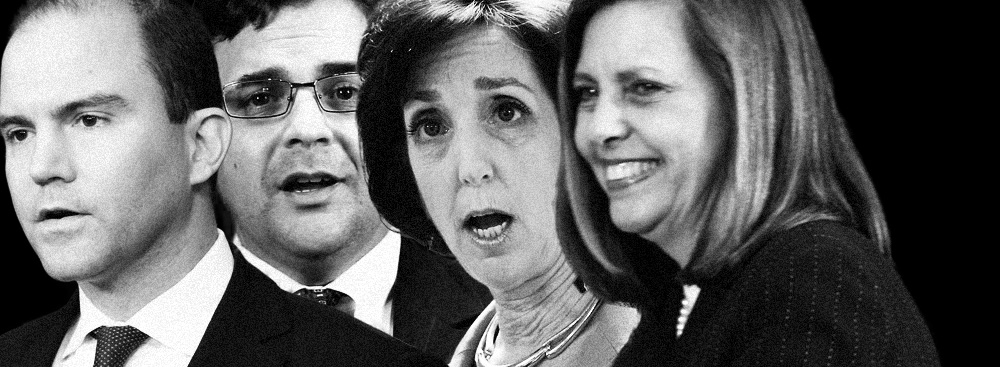
3. BEN RHODES & RICARDO ZUNIGA; ROBERTA JACOBSON & JOSEFINA VIDAL
DIPLOMATS WASHINGTON, D.C.; CUBA
FOR BRIDGING THE STRAITS OF FLORIDA.
A lingering chapter of the Cold War closed in December 2014, when the United States announced it would re-establish full relations with Cuba. Leading the reconciliation were two White House aides, Ben Rhodes and Ricardo Zuniga, who spearheaded more than 70 hours of secret talks with Havana on previously intractable issues such as prisoner swaps and easing economic sanctions.
In 2015, the State Department’s Roberta Jacobson and the Cuban Foreign Ministry’s Josefina Vidal seized the diplomacy baton, meeting to hash out the détente’s nuts and bolts. They sometimes clashed (on both countries’ harboring of fugitives, for instance) and faced complex politics (for example, Fidel Castro’s public call for the relinquishing of U.S. control of Guantánamo Bay, which the United States isn’t prepared to accept). Yet they still laid the groundwork for a new era of cooperation: In July, the United States and Cuba reopened their respective embassies in Havana and Washington for the first time in a half-century.
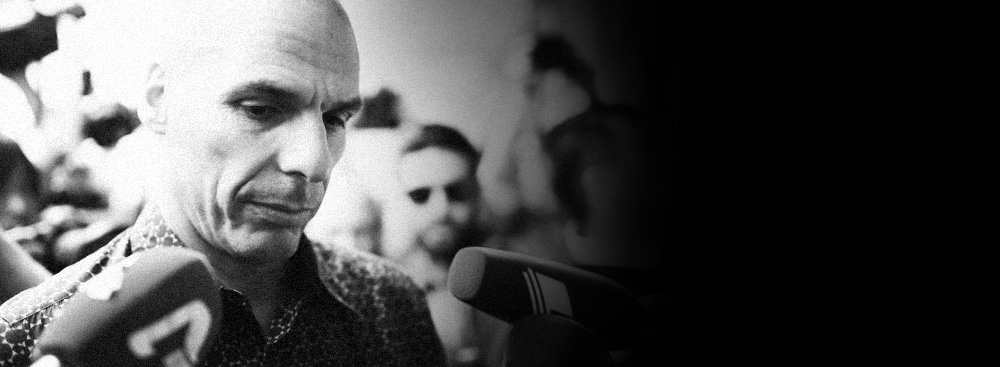
4. YANIS VAROUFAKIS
FORMER FINANCE MINISTER GREECE
FOR COMBATING THE TROIKA.
In this year’s dramatic political battle between Greece and the European Union, no one fought more fervently than Yanis Varoufakis did. As the Greek finance minister from the leftist Syriza party, he blamed austerity measures for plunging his country into its worst recession since World War II. He demanded a new economic path — namely debt forgiveness and restructuring — and was quick to criticize European creditors: “What they’re doing with Greece has a name: terrorism,” he
told a Spanish newspaper.
In bailout talks, Varoufakis’s controversial views and fiery personality riled EU representatives, and he resigned in July, hoping that excusing himself from the negotiating table would facilitate a deal to salvage Greece’s economy. But when the subsequent agreement called for more austerity, Varoufakis set his sights on his former Syriza colleagues. In a
September interview with CNBC, he said, “A 10-year-old with some basic mathematics skill … knows that [the deal] cannot end well.”

5. ALI AKBAR SALEHI & ERNEST MONIZ
HEAD, ATOMIC ENERGY ORGANIZATION OF IRAN; U.S. ENERGY SECRETARY IRAN; WASHINGTON, D.C.
FOR FIGHTING SCIENCE WITH SCIENCE.
Diplomats received much of the credit for this year’s historic nuclear deal between Iran and world powers. Yet it was two physicists who negotiated the science required to advance the big-picture politics. Ali Akbar Salehi of the Atomic Energy Organization of Iran and U.S. Energy Secretary Ernest Moniz joined the talks in 2014, employing their expertise to resolve a debate over what limits to place on the Islamic Republic’s centrifuge program. This year, they ironed out an innovative and breakthrough agreement — limiting not only Iran’s production of uranium but also plutonium, which provides a much quicker path to a bomb — and contributed to the deal’s provisions for more robust scientific cooperation in fields from nuclear fusion to cancer therapy.
“Occasionally, a scientist drops into the government at just the right time, with just the right expertise,” former CIA Director John Deutch
told the New York Times, speaking of Moniz. The same, it seems, can be said of Salehi.
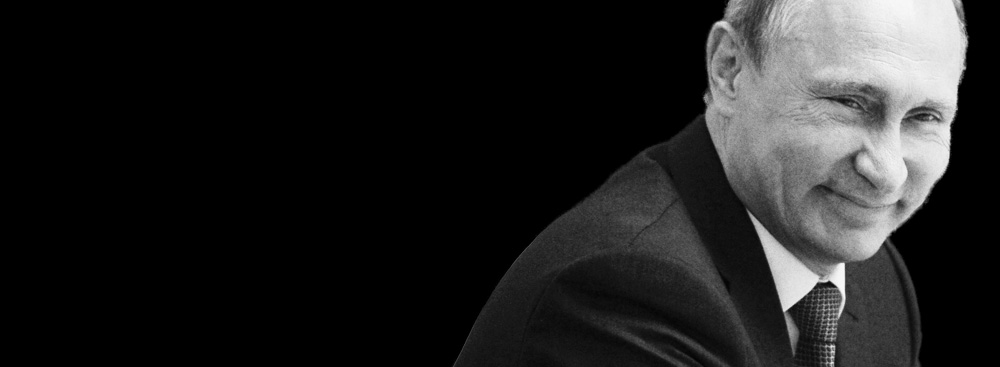
PRESIDENT RUSSIA
FOR PLAYING PEACEMAKER BY DROPPING BOMBS.
Russian President Vladimir Putin launched airstrikes in Syria this September, purportedly to protect Moscow’s interests. But Putin is also angling to add a new feather to his cap — that of mediator — so he has couched the operation in careful language: “The only aim is to aid in establishing peace,” he said at a forum in October, the same month he welcomed Syrian President Bashar al-Assad in Moscow to discuss a political solution to the crisis. (Moscow has insisted its strikes have targeted the Islamic State; Washington, meanwhile, says they’ve hit opposition forces, while Human Rights Watch has documented civilian deaths.)
Consequently, Putin’s Kremlin-measured approval rating has moved to a high of nearly 90 percent. On a global scale, he has strengthened Assad, poised Russia as critical to any peace deal, and,
as CNN put it, “scor[ed] points against … America.”
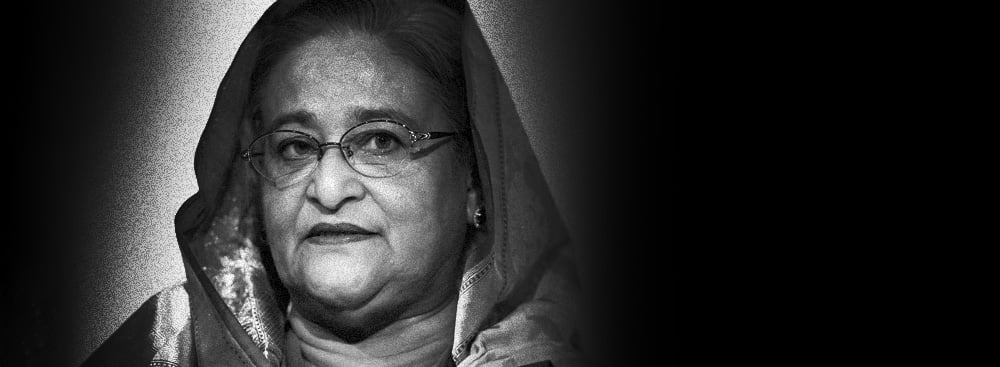
7. SHEIKH HASINA
PRIME MINISTER BANGLADESH
FOR ADAPTING TO THE CHALLENGE AS HER COUNTRY DROWNS.
Although Bangladesh produces just
0.3 percent of global emissions, rising oceans could displace more than 18 million of its citizens by 2050. Refusing to sit idly by, and despite the economic limitations of a nation with a 30 percent poverty rate, Prime Minister Sheikh Hasina has made environmental protection a national priority — which won her a U.N.
Champion of the Earth prize this fall.
In 2009, Bangladesh was among the first developing countries to create a climate change strategy; it has since pledged in a constitutional amendment to preserve natural resources and has equipped millions of off-the-grid homes with solar power. It now sets aside 6 to 7 percent of its annual budget for climate change adaptation (for example, early-warning systems for disasters).
In a September Huffington Post
op-ed, Hasina said Bangladesh’s example should “encourage developed nations to bring their resources to bear on the greatest challenge of our time.”
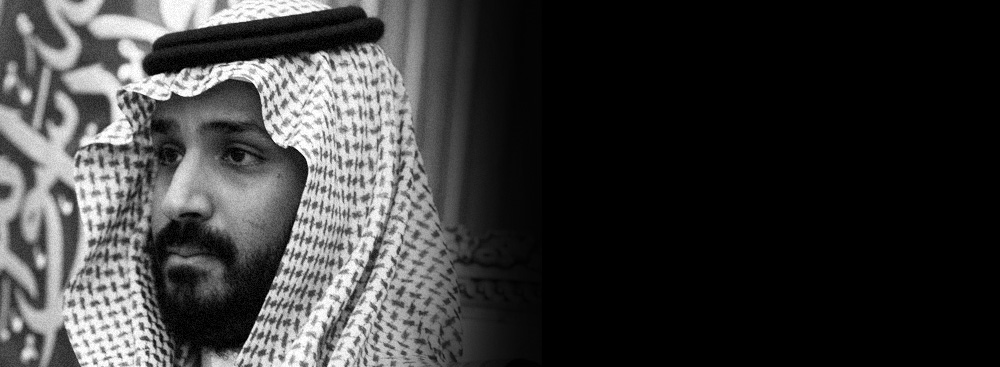
8. MOHAMMED BIN SALMAN
DEFENSE MINISTER SAUDI ARABIA
FOR SPEARHEADING A HAWKISH TURN.
Since taking over in January as Saudi Arabia’s defense minister, Mohammed bin Salman has championed aggressive military action against regional enemies — and, for better or for worse, redefined the country’s role in the Middle East. The young prince has
led the kingdom’s war against Iranian-backed forces in Yemen, proving that Riyadh is willing to sacrifice blood and treasure to drive Tehran’s influence from the Arab world. But his sway over domestic politics has been just as notable. As the king’s favored son, he controls Saudi Arabia’s state oil company, inking several deals with Russia this summer. The New York Times has
ventured that he has “accumulated more power than any prince has ever held.”
In a kingdom run by elites in their 70s and 80s, Prince Mohammed is seen by some Saudis as representing the country’s youthful majority — and is resented by other princes for taking positions historically held by more senior members of the royal family.
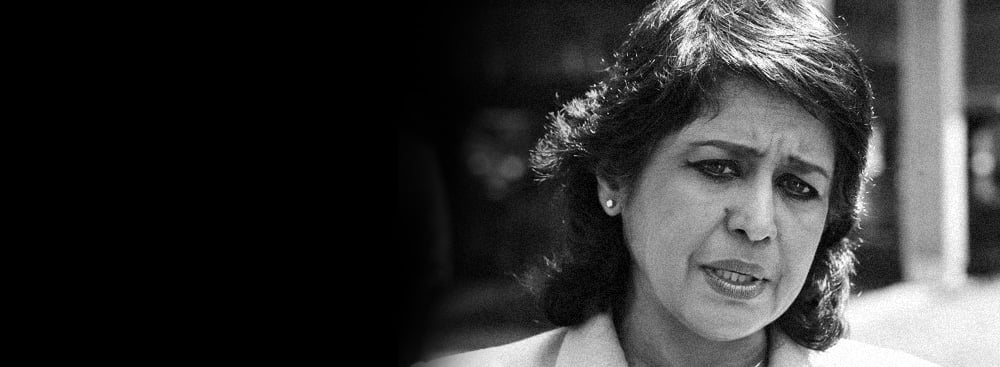
9. AMEENAH GURIB-FAKIM
PRESIDENT MAURITIUS
FOR APPLYING A SCIENTIFIC METHOD TO DEVELOPMENT.
The United States
invests around 3 percent of its GDP in science research. South Korea spends nearly 4 percent. For many African states, laments Mauritian President Ameenah Gurib-Fakim, that number remains under 1 percent. “African countries are lagging behind in development because their investment in science remains low,” Gurib-Fakim
wrote in a 2015 op-ed in the Guardian. In June, despite no previous political experience, she became the first female president of the island nation — and one of Africa’s most vocal ambassadors for science funding. She has pledged to buoy domestic employment and boost wages by investing in bioparks and technology sectors. She also helped launch the Alliance for Accelerating Excellence in Science in Africa (AESA), with financial support from the Wellcome Trust, Gates Foundation, and British government. AESA plans to invest $100 million in research and to ensure Africans — not Western powers — set the science goals in the continent’s labs.
CHALLENGERS
No belief was too deep-seated, no institution too entrenched, and no cause too daunting for these Global Thinkers to tackle in the name of effecting change. Some of them targeted corruption in organizations so powerful they were previously thought to be untouchable. One gave his life to protect ancient history. Another united long-fractured Arab political parties in Israel. And several threw wrenches into the plans of dictators, oligarchs, and other powerful interests by demanding or designing government reform. Each of these thinkers, in other words, proved that even sacred cows can be toppled.
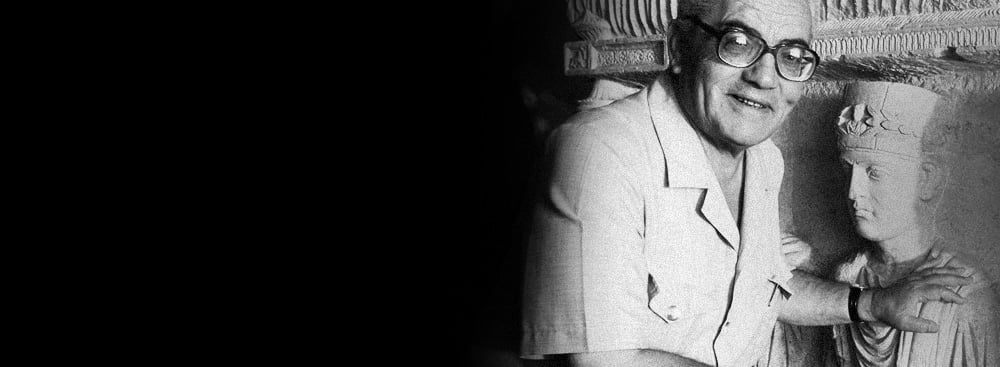
1. KHALED AL-ASAAD
ARCHAEOLOGIST SYRIA
FOR PROTECTING CULTURE TO THE DEATH.
The man known as “Mr. Palmyra” wouldn’t abandon the site to which he had dedicated his life. This spring, the Islamic State advanced on the millennia-old ruins where Khaled al-Asaad had been head of antiquities for more than 40 years (he retired in 2003). The archaeologist evacuated artifacts to Damascus, fearing they would otherwise fall victim to the militants’ vicious quest to annihilate reminders of the Middle East’s rich cultural history. Fighters detained the octogenarian and, on Aug. 18, publicly beheaded him — reportedly for refusing to reveal where relics had been hidden. The Islamic State then destroyed much of
Palmyra, but thanks to Asaad’s bravery, as well as the decades’ worth of research he had conducted before his death, the site won’t vanish without a trace. “They murdered a great man,” Irina Bokova, director-general of the United Nations’ cultural arm, said in a
statement, “but they will never silence history.”
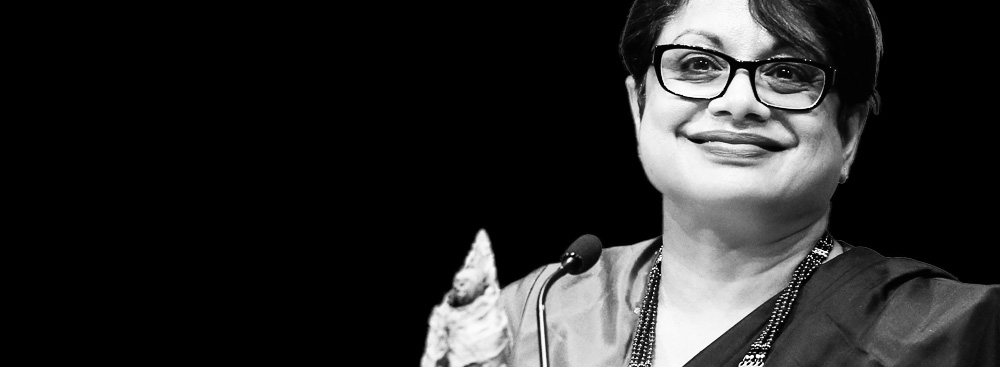
2. RADHIKA COOMARASWAMY
HUMAN RIGHTS LAWYER SRI LANKA
FOR DEMANDING JUSTICE FOR U.N. PEACEKEEPERS’ CRIMES.
An internal U.N. review recently documented nearly 500 allegations of sexual exploitation committed by peacekeepers between 2008 and 2013. Few perpetrators, however, have ever seen a courtroom. Under international law, the United Nations enjoys broad immunity from legal action; peacekeepers, meanwhile, may be tried only in their home states, but as Radhika Coomaraswamy
noted at a news conference this fall, “Countries don’t like their soldiers to be prosecuted.” Coomaraswamy is the lead author of a
400-page report, released in October by U.N. Women, proposing the establishment of an international tribunal for trying U.N. staff and peacekeepers accused of serious crimes, including sexual violence. “It is truly a frightening phenomenon when your protector becomes a predator,” the study reads. “It is crucial that the UN signal a determined commitment to address this issue once and for all.”
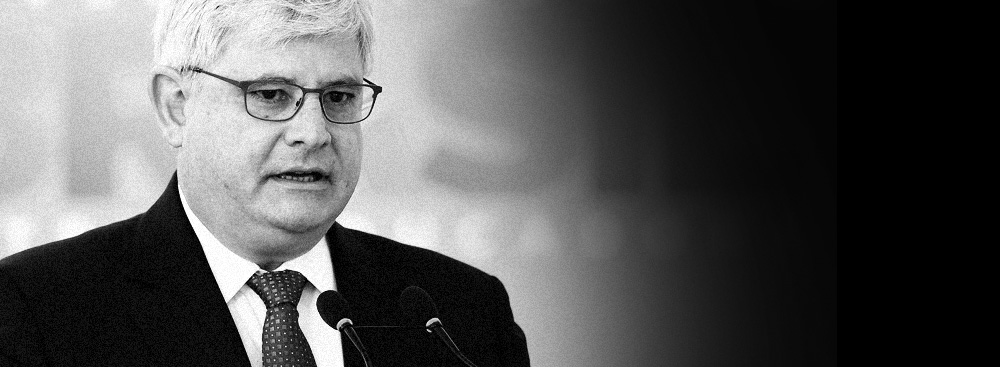
3. RODRIGO JANOT
ATTORNEY GENERAL BRAZIL
FOR SHOWING THE SKELETONS IN BRAZIL’S CLOSET.
State-run oil giant Petrobras was once the infallible cornerstone of Brazil’s economy. Its leadership reads as a who’s who of the country’s most powerful, including President Dilma Rousseff. But over the past year, the company has been upended by a nearly $3 billion bribery scandal, the result of an investigation led by Brazilian Attorney General Rodrigo Janot. Building on more than 30 years of government experience, Janot — whose office is constitutionally independent of the executive — has fearlessly gone after those in the president’s inner circle. Rousseff’s Workers’ Party has seen its treasurer arrested and five of its lawmakers indicted, including a former presidential chief of staff. In all, Janot’s office has issued 117 indictments and has cost Petrobras’s CEO and five other top executives their jobs. This is likely just the beginning. In March, the Supreme Federal Court approved Janot’s
requests to investigate some 12 senators, 22 deputies of Congress, and a handful of former politicians.

4. EAMON GILMORE
POLITICIAN IRELAND
FOR CHAMPIONING GAY MARRIAGE IN A CATHOLIC BASTION.
In May, Ireland’s electorate said yes to same-sex marriage, making the Catholic-majority country the first state to sanction the practice through a popular vote. Eamon Gilmore was one of the referendum’s key backers. In 2011, the then-Labour leader pushed for a vote as a policy goal, even though the ruling Fine Gael party — which Labour had joined in a coalition and which had never taken a stance on gay marriage — was “chilly” on the matter, according to the Irish Times. In 2012, Gilmore became the most senior Irish official to publicly support marriage equality and helped ensure that the issue would go before the Constitutional Convention, a group of citizens and parliamentarians who deliberate government reform. It
voted overwhelmingly to recommend a popular poll.
Speaking to reporters after this year’s referendum, Gilmore heralded a “day of liberation” for LGBT people. He also
described Ireland’s decision as “a powerful statement to the rest of the world.”
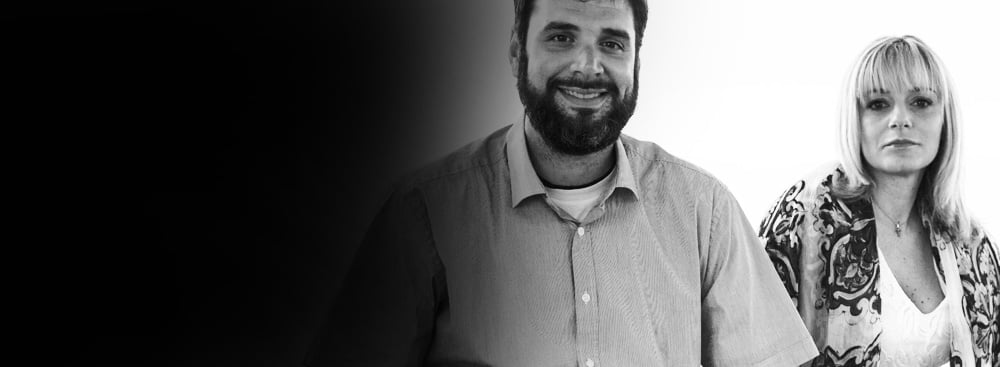
5. CHRISTOPHER & REGINA CATRAMBONE
FOUNDERS, MIGRANT OFFSHORE AID STATION MALTA
FOR OFFERING A LIFEBOAT WHEN THE EU WOULDN’T.
After a ship carrying hundreds of migrants capsized in the Mediterranean in mid-April, a number of lifeless bodies floated in the water while many more remained trapped inside the crowded vessel. This “grisly scene,” as the New York Times
reported, was exactly the sort of tragedy that Christopher Catrambone, an American, and Regina Catrambone, an Italian, want to prevent. Using their fortune earned from an insurance and risk management
business, the couple runs the
Migrant Offshore Aid Station (MOAS). Staffed by humanitarian and security experts, MOAS sails the Phoenix, a former fishing trawler, and offers food, water, and medicine to Mediterranean migrants in need; it also escorts them to shore to begin the asylum process. The Catrambones are showing that it’s possible to save lives —
close to 12,000 to date, MOAS reports — when governments are faltering. “If you allow your neighbor to die in your backyard,”
Christopher Catrambone told the Guardian, “then you are responsible for that death.”
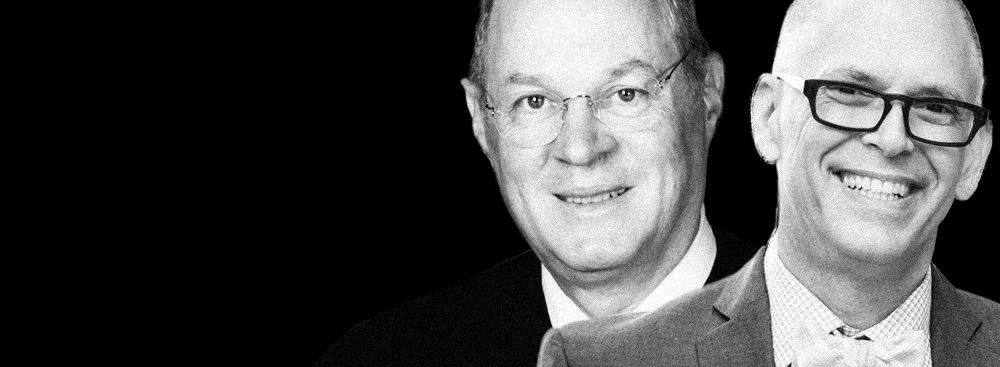
6. ANTHONY KENNEDY; JIM OBERGEFELL
SUPREME COURT JUSTICE; PLAINTIFF WASHINGTON, D.C.; CINCINNATI, OHIO
FOR ENSURING THAT LOVE WINS.
The path that led Jim Obergefell to be the lead plaintiff in one of America’s most significant civil rights suits began with a simple desire: to be recognized as the spouse on his husband’s death certificate. The years-long fight, Obergefell told the Washington Post, was “my way of honoring and protecting [my husband].” A real estate salesman by trade, Obergefell was never an activist. Nonetheless, he quickly became the torchbearer for gay rights, and this summer, his commitment paid off: The Supreme Court ruled same-sex marriage as constitutional in a 5-4 vote. The opinion was authored by the linchpin of today’s court, Justice Anthony Kennedy. But Kennedy went beyond providing the swing vote; he was praised for the substance of his legal prose. “This could be a decision that says that it is generally unconstitutional to discriminate on the basis of sexual orientation in every sphere,” Kevin Russell, a lawyer who covers the court for SCOTUSblog, told Yahoo News. “It’ll be the Brown v. Board of Education for sexual orientation.”
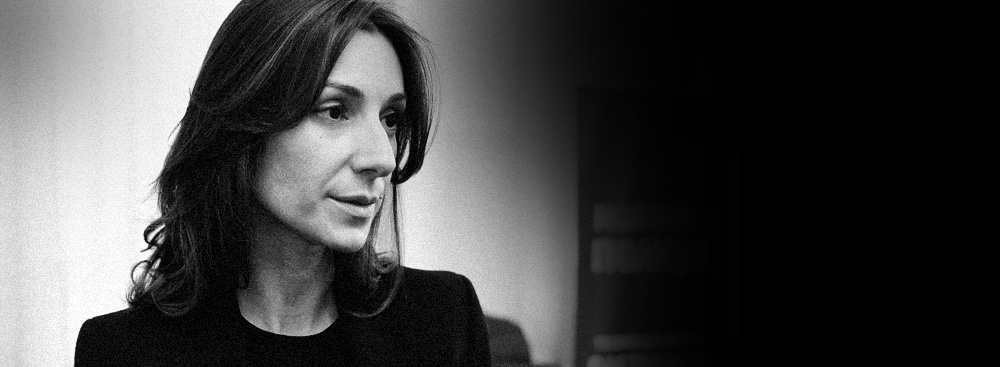
7. EKA ZGULADZE-GLUCKSMANN
FIRST DEPUTY INTERIOR MINISTER UKRAINE
FOR INSTILLING THE MAIDAN’S SPIRIT IN UKRAINE’S POLICE FORCE.
When protesters flooded Kiev’s Maidan in November 2013, cops wasted little time in subduing the demonstrators with tear gas, water cannons, and rubber bullets — just one brutal example of the police force’s notoriously dirty tactics. For Ukraine’s subsequent government, reform was crucial: “A Soviet legacy, our police is not about protecting people,” parliamentarian Anton Gerashchenko told Bloomberg Businessweek this February. “It is about protecting the authorities from the people.” But who could pull off an overhaul? Georgian national Eka Zguladze-Glucksmann. In 2006, she had begun reforming her own country’s police force. In less than a year in Ukraine, Zguladze-Glucksmann has suspended thousands of Ukraine’s cops and has added 2,000 new recruits, who have received higher salaries and Western-style training. The new force is “like an injection of an anti-virus,” she told Foreign Policy in September. “They set a standard that influences the rest of the system.”
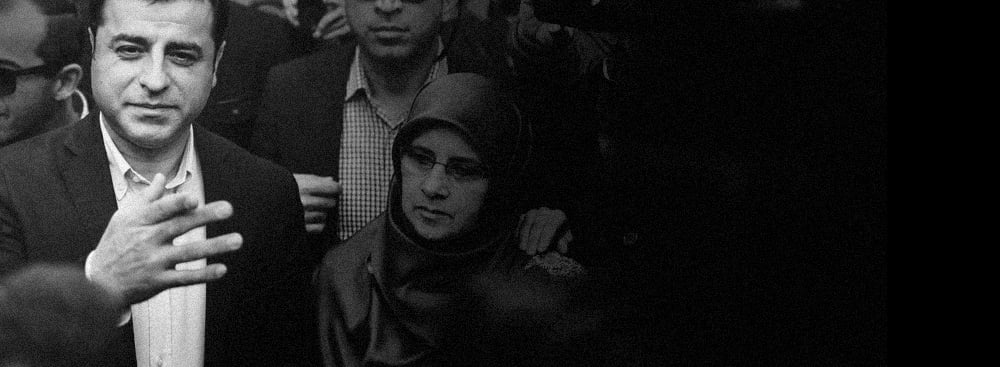
8. SELAHATTIN DEMIRTAS
CO-CHAIRMAN, PEOPLES’ DEMOCRATIC PARTY TURKEY
FOR DASHING ERDOGAN’S DREAMS.
Turkish President Recep Tayyip Erdogan has a thorn in his side, and his name is Selahattin Demirtas. The 42-year-old lawyer led the pro-Kurdish Peoples’ Democratic Party (HDP) in June’s national election. It won enough seats to prevent Erdogan’s party from maintaining its legislative majority. Demirtas broadened the HDP’s appeal, showing it as representing not only Kurdish interests but also liberalism: women’s and gay rights, environmentalism, and opposition to Erdogan’s increasingly authoritarian politics. (The party’s slogan is “Great Humanity.”) And as the president sought to cast Demirtas as someone who “stands behind the terror organization” — referring to the Kurdistan Workers’ Party — the upstart politician instead depicted the HDP as a mediating force between the state and Kurdish insurgents. His views, charisma, and savvy earned Demirtas the media nickname “the Kurdish Obama” and launched him into Turkey’s political stratosphere, where he seems likely to keep challenging a frustrated Erdogan.
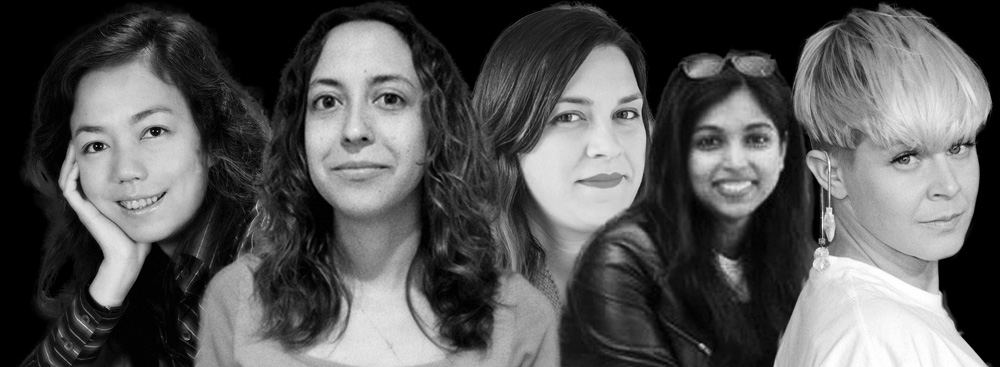
9. FEI-FEI LI & OLGA RUSSAKOVSKY; ERIN SUMMERS & ZAINAB GHADIYALI; ROBYN
COMPUTER SCIENTISTS; ENGINEERS; POP SINGER PALO ALTO, CALIF., PITTSBURGH; MENLO PARK, CALIF.; SWEDEN
FOR CRACKING THE STEM CEILING.
Fewer than one-third of the world’s science, technology, engineering, and math (STEM) researchers are women. Now a handful of researchers and scientists, and even a Swedish pop star, are making a bet that investments in female engineers will fix the looming market gap. This summer, Fei-Fei Li, a computer-vision expert and the director of the Stanford Artificial Intelligence Laboratory, joined Ph.D. graduate Olga Russakovsky to launch SAILORS, the first camp for girls interested in artificial intelligence. Nearby, in Menlo Park, two female engineers at Facebook, Erin Summers and Zainab Ghadiyali, are running “wogrammers,” a movement to end the “brogrammer” stereotype and highlight the technical accomplishments of their peers; in its first year, wogrammers highlighted 50 female engineers from around the globe. Across the pond, Swedish pop star Robyn organized a festival, called Tekla, this April to support girls ages 11 to 18 with interest in STEM fields. Sponsored by Sweden’s Royal Institute of Technology, it featured reps from Google and Spotify and offered workshops on robotics, 3-D printing, and electronic music.
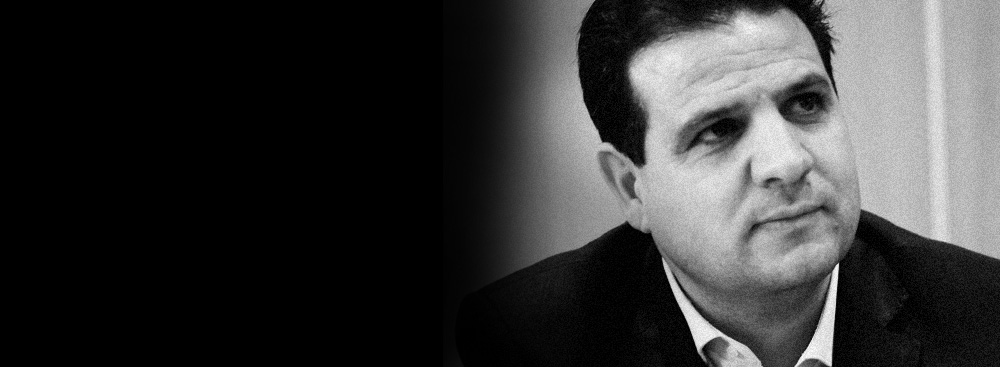
10. AYMAN ODEH
CHAIRMAN, JOINT LIST ISRAEL
FOR UNITING ISRAEL’S ARABS.
Middle East peace talks may be all but dead, but Ayman Odeh still dreams of resolving the world’s most intractable conflict. The 40-year-old lawyer heads the Joint List, a coalition of Arab political parties that united for the first time ever to run in Israel’s March elections. The group is now the Knesset’s third-largest and the biggest Arab legislative faction in Israeli history. Odeh yoked diverse leaders — Islamists, secular feminists, socialists — with a forthright argument that Arabs deserve the same rights as Jewish citizens. Equality, he said in his inaugural Knesset speech, “enriches the space we live in.”
Odeh is hoping to push Israeli leaders to fulfill the promises of their democracy and to reinvigorate Palestinians’ wilting faith in national politics. “We will be not mere spectators on the political process,” he told Al Jazeera, “but active, leading and influencing it.”

11. CATHERINE MURPHY
POLICY ADVISOR, AMNESTY INTERNATIONAL UNITED KINGDOM
FOR LEGITIMIZING SEX WORK.
Amnesty International announced in August that it now supports the decriminalization of sex work, long a wedge issue dividing human rights activists who believe criminalization makes sex workers more vulnerable to poverty and abuse, from other campaigners — often from feminist or religious groups — who argue that it does the opposite. The world’s largest human rights organization choosing sides was, as Time put it, a “landmark decision.”
Amnesty policy advisor Catherine Murphy played a significant role in crafting the shift, based on more than two years of gathering evidence from sex workers, health experts, and other sources. In the wake of the announcement, Murphy also defended Amnesty against backlash. For many, she argued in an NPR interview, sex work is necessary to make ends meet; it cannot and should not be legislated out of existence. “We don’t see … criminal law as a silver bullet to end prostitution,” Murphy said.
Clarifications, Dec. 2, 2015: Amnesty International announced in August that it now supports the decriminalization of sex work. A previous version of this article said it supported legalization. Catherine Murphy played a significant role in crafting this shift. A previous version of this article stated that she chiefly engineered it.

12. NICOLA STURGEON
FIRST MINISTER SCOTLAND
FOR DISRUPTING U.K. POLITICS.
This May, Britain’s Labour Party failed to win over the Scots for the first time in decades. The upset can largely be credited to Scottish National Party (SNP) head Nicola Sturgeon, who took the party’s reins after 2014’s failed independence referendum. Having served as SNP deputy leader for a decade, she quickly became a political rock star. Voters, as the Guardian explained in April, connected with her “authenticity” and the fact that, despite her political ascent, “she remains ‘one of us.’” Her personal appeal complemented her steadfast opposition to austerity at a time when Labour was tacking right. While it’s unclear whether the SNP will push for another independence referendum in 2016, Sturgeon has already made good on her promise to “shake things up a wee bit.”
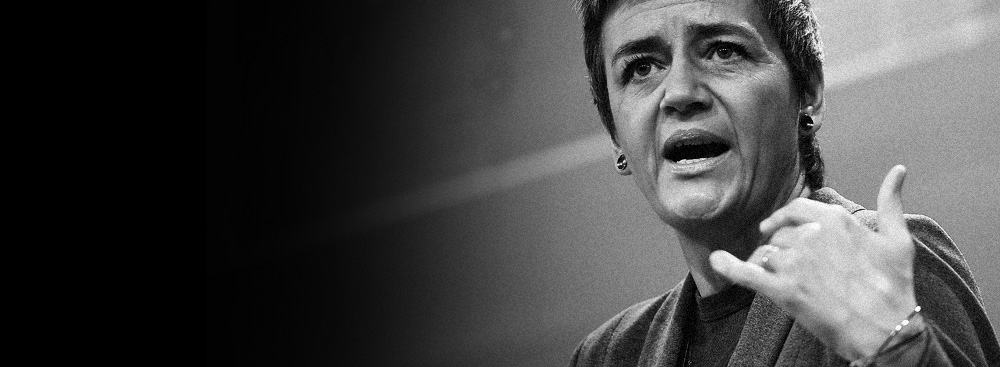
13. MARGRETHE VESTAGER
EUROPEAN COMMISSIONER FOR COMPETITION BELGIUM
FOR BURSTING GOOGLE’S BUBBLE.
On three consecutive Wednesdays this spring, Margrethe Vestager, the European Union’s new antitrust chief, rocked the business world. On the first two, she sued Google and Gazprom, respectively, alleging abuse of market dominance; on the third, she announced a probe into whether European government subsidies to electrical utilities constitute illegal aid. These cases and Vestager’s promise to pursue more companies “regardless of the nationality or size” are breaking the EU mold. Her predecessor pursued three failed settlement deals with Google and let cases against Amazon, Apple, and Starbucks languish. Vestager’s actions, which could help smaller companies take on Goliaths in European courts, have earned her high praise: “Amid constant reminders of the EU’s weakness, from Mediterranean migration to the endless Greek saga,” the Economist wrote in May, “Ms. Vestager’s shows of strength are a reminder that Brussels has bite.”
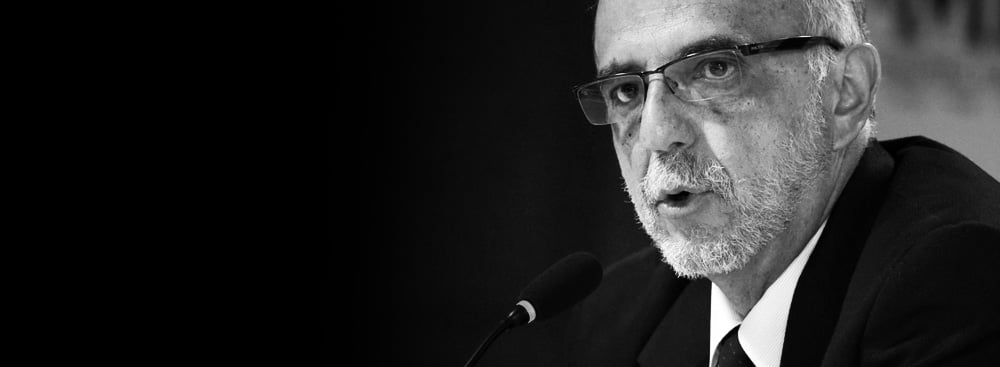
14. IVÁN VELÁSQUEZ
COMMISSIONER, INTERNATIONAL COMMISSION AGAINST IMPUNITY IN GUATEMALA GUATEMALA
FOR FOLLOWING THE MONEY — ALL THE WAY TO THE PRESIDENTIAL SUITE.
When the United Nations appointed Colombian former judge Iván Velásquez commissioner of the International Commission Against Impunity in Guatemala (CICIG) in 2013, it knew what it was getting: someone whose career was built on dismantling paramilitaries and criminal networks. What it couldn’t have predicted was that, under Velásquez’s watch, CICIG — a group of judges, prosecutors, and law enforcement officials investigating pervasive corruption and criminality in the country — would ensnare the Guatemalan president himself. Nevertheless, in September, two years after Velásquez’s appointment, Otto Pérez Molina was arrested on corruption charges.
The president’s downfall was a result of CICIG’s investigation into La Línea, a customs-fraud scheme in which companies paid bribes in exchange for lower import duties. Velásquez publicly released CICIG’s findings in April, sparking protests and marking the first time that CICIG, which has long scrutinized local criminal networks, was able to take on pervasive corruption among Latin America’s most powerful.
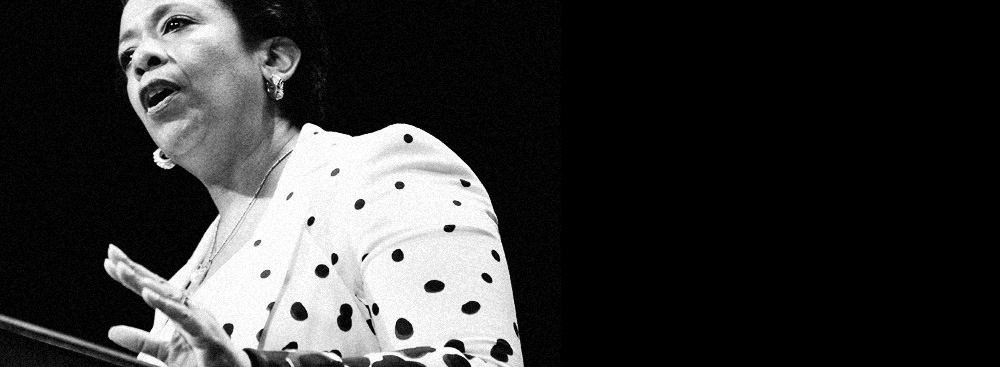
15. LORETTA LYNCH
U.S. ATTORNEY GENERAL WASHINGTON, D.C.
FOR WAGING WAR ON BIG SOCCER.
Just one month into her landmark tenure as U.S. attorney general — she is the first African-American woman to hold the job — Loretta Lynch announced indictments for racketeering, money laundering, and other crimes against 14 officials of FIFA, soccer’s international governing body. Lynch, who has compared FIFA to the Sicilian Mafia, has been lauded by the media for going after soccer’s notoriously crooked leadership. German newspaper Bild hailed her as “shocking FIFA like an earthquake.” Soccer’s overlords are feeling the pain of Lynch’s scrutiny, which includes exposing $150 million in bribes. As of November, FIFA hadn’t secured new sponsors in over a year, and its secretary-general acknowledged that “the current situation doesn’t help to finalize any new agreements.” According to Lynch, her investigation is only getting started.
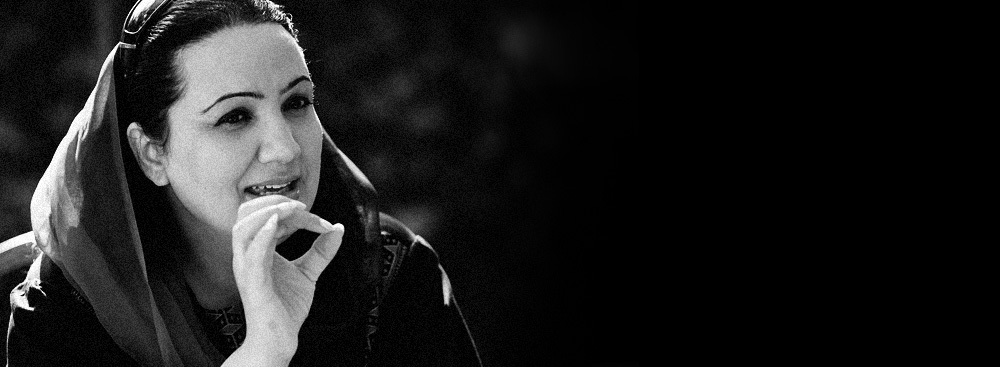
16. SHUKRIA BARAKZAI
PARLIAMENTARIAN AFGHANISTAN
FOR TELLING THE TALIBAN WHAT’S WHAT.
Campaigning for women’s rights in Afghanistan can be thankless and dangerous. Legislator Shukria Barakzai knows this all too well. She survived a suicide bomb attack in November 2014, just the latest of several attempts on her life, one of which led to a miscarriage. Yet she remains resolute. This June, Barakzai flew to Oslo, Norway, to participate in unprecedented talks between Taliban leaders and an all-female group of Afghan politicians and activists, about building peace between the government and extremists. Some of the women didn’t want their identities revealed publicly for fear of retribution — but not Barakzai, who told the BBC that the women pushed for “safeguarding the democratic values achieved in the last decade.” Further details of the meeting remain confidential, but Barakzai has said that both sides agreed to keep talking and that she will continue to insist that equal rights are a nonnegotiable part of her country’s future.
INNOVATORS
An iPhone app that serves as eyes for the blind. A book with pages that clean dirty water. A device that turns a smartphone into a microscope capable of diagnosing tropical diseases. A process for growing new bones in a lab using human stem cells. A digital index that grades businesses on their support for gender equality. The groundbreaking work from this group of Global Thinkers serves as a snapshot of the leaps forward that technology took in 2015 — and of the good this progress can do for global health, human rights, security, and more.

1. THERESA DANKOVICH
NANOTECHNOLOGIST PITTSBURGH
FOR RIPPING APART BOOKS TO HYDRATE THE WORLD.
The 663 million people who don’t have clean water could get it if they had reliable, efficient filters. Theresa Dankovich of Carnegie Mellon University has developed sheets of paper laden with bacteria-destroying nanoparticles made of silver and copper. Tests show that pAge papers, as they’re called, can remove up to 99.9 percent of microbes — including those that cause typhoid and cholera — from water poured through them.
At the American Chemical Society’s 2015 conference, Dankovich presented “The Drinkable Book,” which contains 25 pAge papers that can be torn out and filter 650 gallons in total — enough, Dankovich says, to provide one person with clean water for up to four years. The next steps are scaling up production (pages are currently made by hand) and testing the book among potential users. Simply put, Dankovich hopes her product will save lives, so timing is crucial: “We need to get it into people’s hands,” she told the BBC.
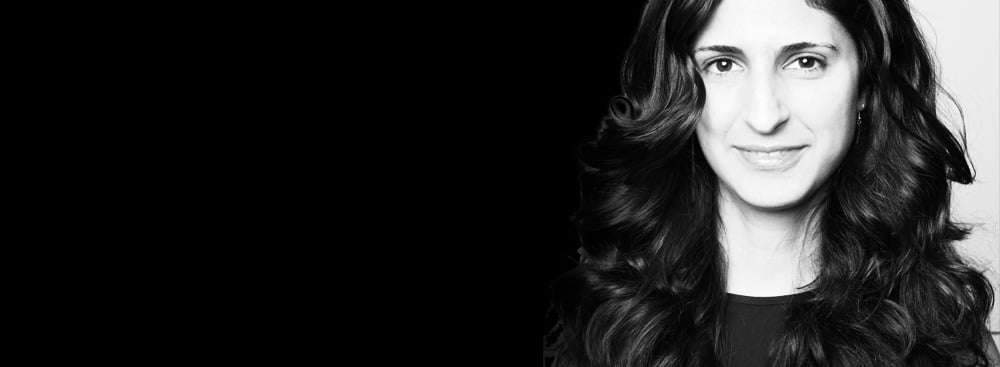
2. NINA TANDON
CO-FOUNDER, EPIBONE NEW YORK CITY
FOR HEALING BROKEN BONES BY GROWING NEW ONES.
Nina Tandon was just 3 years old when her father taught her to say “orthopedic surgeon.” Fast-forward three decades: Now she’s revolutionizing the profession.
Typically, to reconstruct bone, surgeons must take bone either from somewhere else in a patient’s body, necessitating a double surgery, or from an outside source, such as a prosthesis or a donor. But Tandon, co-founder of EpiBone, has created a third way: growing new bones. A patient’s stem cells are placed in a bone-shaped mold, which is then put into a special chamber that simulates the body’s temperature, nutrient composition, and other conditions. After three weeks, the cells have essentially formed a new bone. This method requires only one surgery and avoids implanting foreign materials, thereby reducing pain and complications. EpiBone has successfully replaced the jaw of a pig and is gearing up to start its first clinical trials, to be held within two years.

3. MIGUEL NICOLELIS; JUSTIN SANCHEZ; ANTHONY ZADOR
NEUROSCIENTISTS DURHAM, N.C.; ARLINGTON, VA.; COLD SPRING HARBOR, N.Y.
FOR TESTING THE BOUNDARIES OF OUR MOST POWERFUL ORGAN.
This year scientists made significant discoveries about the least understood part of the body: the brain. Three labs, in particular, began to unlock the organ’s extraordinary potential — developments with implications for medical advancement and human behavior. At one, Duke University neuroscientist Miguel Nicolelis was able to sync the brain activity of monkeys so they could collectively accomplish tasks, such as move an avatar arm. The “brainet,” as it’s called, could eventually be used to connect a stroke patient with, say, a physical therapist to aid in recovery. Justin Sanchez’s team at the Defense Advanced Research Projects Agency developed a prosthetic hand that’s connected to the brain and can “feel” physical sensation in its fingers. In the future, this technology could help paralyzed people or amputees regain feeling and manipulate objects. And Anthony Zador and his team at Cold Spring Harbor Laboratory were able to determine, by slicing into a brain and studying its neural makeup, what a mouse had learned prior to its death. If scaled up, the science could be used to create a postmortem map of memories.
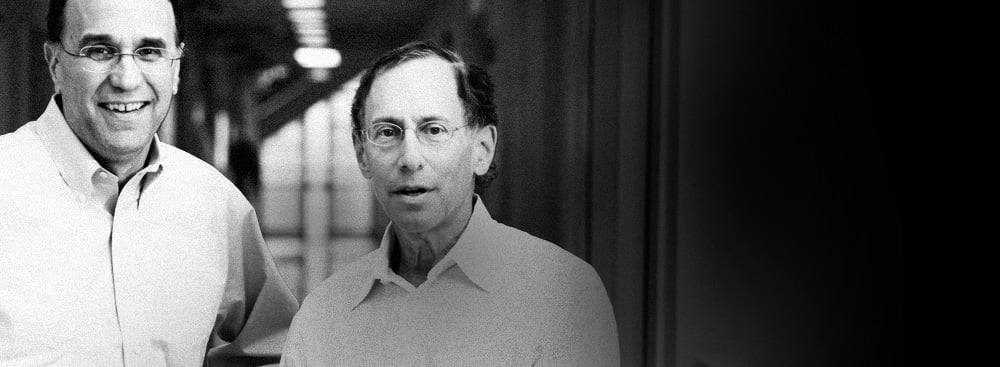
4. MICHAEL CIMA & ROBERT LANGER
BIOMEDICAL ENGINEERS CAMBRIDGE, MASS.
FOR ELIMINATING PILLS AND SYRINGES FROM PATIENT CARE.
According to a 2012 Annals of Internal Medicine report, Americans’ noncompliance with medical prescriptions costs between $100 billion and $289 billion and leads to 125,000 deaths each year. So biomedical engineers Michael Cima and Robert Langer of the Massachusetts Institute of Technology have found a way to simply eliminate user error: a fingernail-size microchip, embedded beneath the skin, that directly delivers tiny drug doses to the body. The devices function like glands and release chemicals into the body over the course of years, making them ideal to treat chronic illnesses like diabetes, cancer, multiple sclerosis, and osteoporosis. Moreover, the chips are programmable, so dosages can be released on schedule or triggered by remote control. Clinical trials began in 2011, and this June, Cima and Langer struck a $35 million deal with Teva Pharmaceutical, the world’s largest generic-drug producer, to start developing the system commercially.

5. AMY-WILLARD CROSS
ENTREPRENEUR NEW YORK CITY
FOR HARNESSING ECONOMIC GIRL POWER.
American women earn only 84 percent of what men do, yet recent research shows they also make 85 percent of buying decisions. “Working women sometimes think we don’t have power,” Amy-Willard Cross told Fortune in August, “but as consumers we have huge power.” That’s why she co-created the Buy Up Index, an app that uses public data to grade companies on metrics such as the number of women in leadership roles and the availability of maternity leave. It currently rates about 150 companies and 800 brands. “My hope is that women direct their spending to companies that serve women well, as opposed to giving money to companies that have no women on the board or sexist advertising,” Cross told the Huffington Post. In turn, how users spend dollars could bend the curve of gender inequality, encouraging businesses to protect their own interests by instituting female-friendly policies.
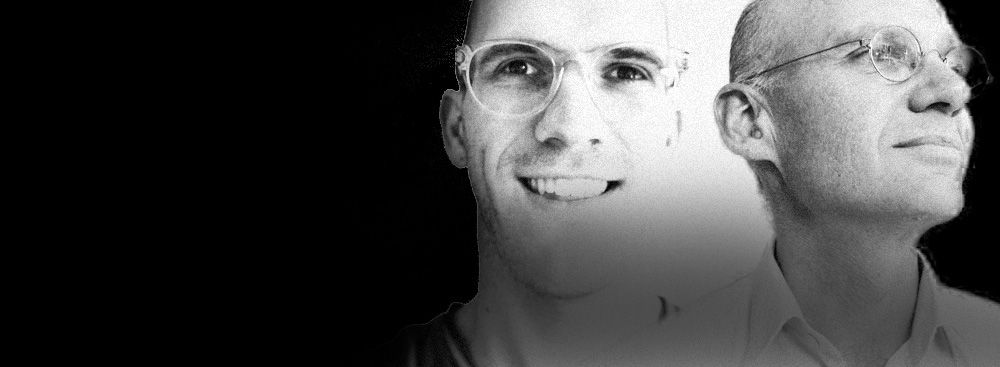
6. THELLE KRISTENSEN & HANS JØRGEN WIBERG
FOUNDERS, BE MY EYES DENMARK
FOR INSTALLING EYESIGHT IN THE PALM OF YOUR HAND.
Even the most self-sufficient blind person cannot, alone, determine the ink-stamped expiration date on a milk carton. This is but one example of an everyday hurdle that Thelle Kristensen and Hans Jørgen Wiberg hope to remove with their iPhone app, Be My Eyes. Launched in mid-January, the program connects, via video call, visually impaired individuals with full-sighted volunteers who are able to assist with common tasks; users simply press a button to request assistance, and volunteers receive a notification. Within 10 months of launching, the app, which works in dozens of languages, had attracted more than 320,000 users worldwide — some 24,000 of whom were blind.
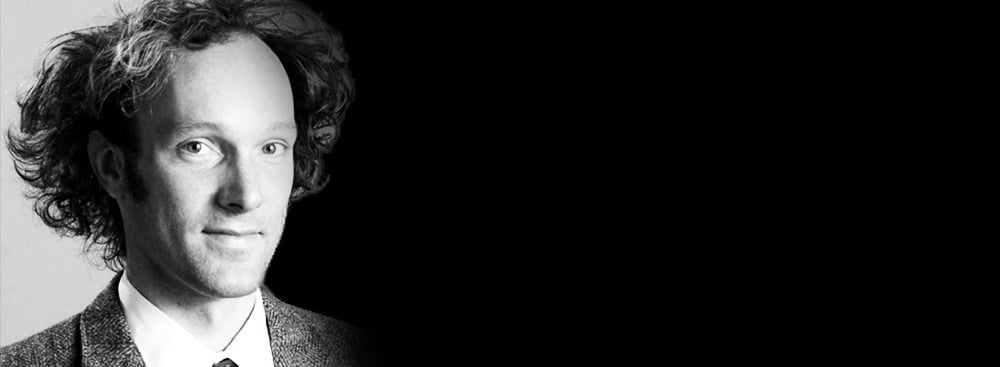
7. DANIEL FLETCHER
BIOMEDICAL ENGINEER BERKELEY, CALIF.
FOR USING A CELL PHONE TO FIND DISEASE.
In a fast-paced American lab, it can take a few hours to diagnose tropical diseases through blood-smear testing. Put the burden on a poorly resourced clinic, and the wait time grows. But researchers led by biomedical engineer Daniel Fletcher at the University of California, Berkeley have developed a gadget that may drastically improve diagnostics: the CellScope Loa, a 3D-printed plastic base containing LED lights and microcontrollers that, when attached to a smartphone, becomes a video microscope. Insert a tiny tube containing a drop of a patient’s blood, and health professionals can shoot footage of the tiny Loa loa, a parasitic worm that infects the eyes and skin.
The technology could help identify other diseases, including malaria and tuberculosis. “The video CellScope provides accurate, fast results that enable health workers to make potentially lifesaving treatment decisions in the field,” Fletcher told the media in May.
ADVOCATES
These Global Thinkers stood in solidarity with some of the world’s most vulnerable populations, from transgender individuals to victims of sexual abuse, ethnic minorities to civilians caught in the crosshairs of war. They used social media to build unprecedented political movements, offered safe spaces for discussion in societies that restrict free speech, and educated publics about taboo subjects. Some were bullied for their work. One survived an assassination attempt; another was not so lucky. But no matter the risks involved, for these advocates the fight for justice was necessary.
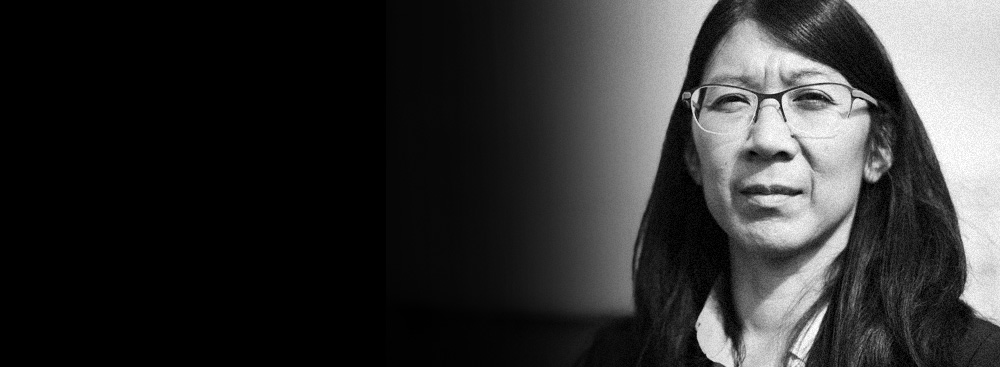
1. JOANNE LIU
INTERNATIONAL PRESIDENT, MÉDECINS SANS FRONTIÈRES SWITZERLAND
FOR GOING TOE TO TOE WITH A SUPERPOWER.
After the United States attacked a Médecins Sans Frontières (MSF) hospital in Kunduz, Afghanistan, on Oct. 3, killing at least 23, U.S. Defense Department officials labeled it an error. But Joanne Liu, MSF’s international president, likened it to a war crime. “If we let this go as if it were a nonevent, we are basically giving a blank check to any country [in conflict],” Liu said at a news conference. She rejected NATO and Pentagon efforts to investigate the bombing, calling instead for an inquiry by the International Humanitarian Fact-Finding Commission — an independent body of experts established under the Geneva Conventions but never before called to action. A probe is perhaps unlikely, because Washington would have to consent to the commission’s work. Yet Liu’s tough words are making waves: U.S. President Barack Obama called her personally to apologize for the attack — a rare act of contrition by a U.S. leader.
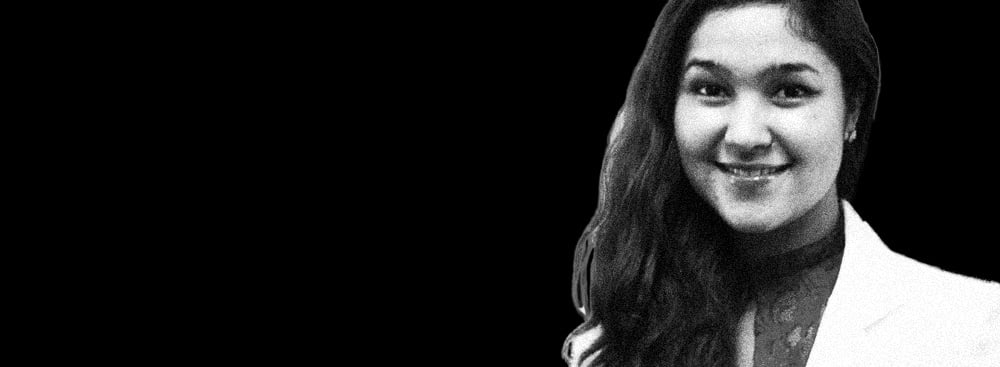
2. WAI WAI NU
FOUNDER AND DIRECTOR, WOMEN PEACE NETWORK ARAKAN MYANMAR
FOR ENSURING THE STATELESS AREN’T VOICELESS.
Rohingya Muslims captured attention this year when thousands fleeing violence and poverty in Myanmar were stranded at sea; no country would admit them. Rohingya activist Wai Wai Nu traveled to the United Nations and Washington to denounce how widespread religious discrimination in Buddhist-dominated Myanmar was fueling the flood of refugees. Wai Wai Nu, a former political prisoner who runs an NGO that conducts trainings aimed at building bonds between Muslim and Buddhist women, criticized her country’s government for selectively violating its citizens’ liberties. “People can demonstrate freely — against Muslims,” she told the Washington Post’s editorial board in July, “but when people ask for their rights or their education or their land, they are arrested and charged.”
Even as Wai Wai Nu speaks out, the Rohingya’s plight continues. In Myanmar’s Rakhine state, some 150,000 remain isolated in displacement camps.
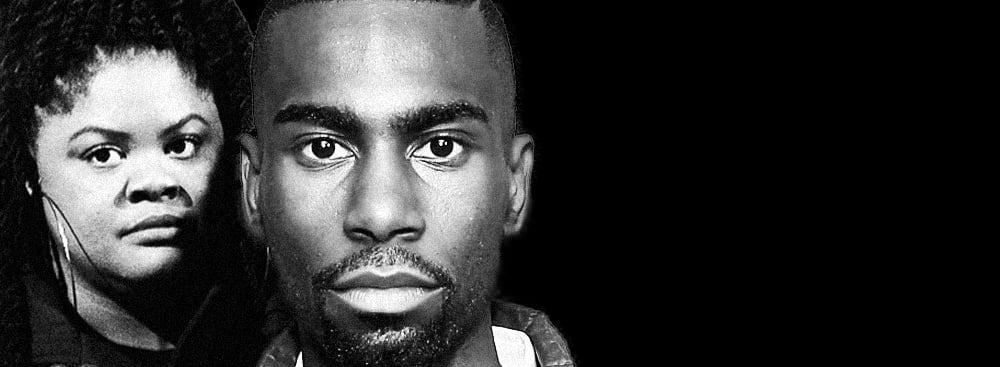
3. JOHNETTA ELZIE & DERAY MCKESSON
ACTIVISTS ST. LOUIS
FOR MAINSTREAMING #BLACKLIVESMATTER.
If the Black Lives Matter movement is the engine driving a debate about racism in America, then social media is the fuel: Activists use it to organize demonstrations and demand reform. With over 320,000 combined Twitter followers, Johnetta Elzie and DeRay Mckesson are at the movement’s vanguard. They are part of the team that runs Mapping Police Violence, an online platform for data on police brutality, and they’ve chronicled protests from Baltimore to St. Louis, where both were detained for civil disobedience in August. That same month, they started Campaign Zero, which outlines policy proposals to eliminate police violence (for instance, requiring body cameras). It also grades presidential candidates on their criminal justice proposals.
In October, campaign leaders met with presidential candidate Hillary Clinton to ask, as Mckesson told the Baltimore Sun, “What would her first 100 days mean for black people?” Soon after, the Democratic National Committee sanctioned a town-hall meeting between candidates and activists — an indicator of the movement’s surging political clout.
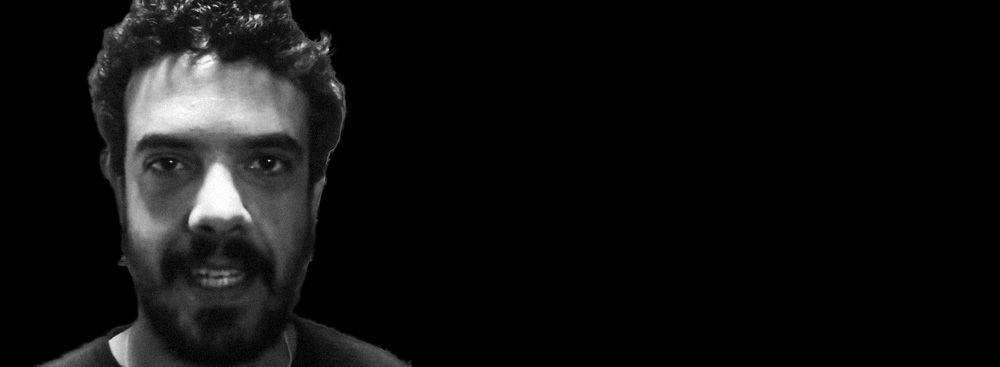
4. PETER BLOOM
CO-FOUNDER, RHIZOMATICA MEXICO
FOR SIDESTEPPING MOBILE GIANTS.
Around the world, large mobile operators have refused to provide service to remote areas, arguing that it isn’t profitable. Mexico has been no exception: Some 50,000 communities don’t have reliable cell service. Then Peter Bloom came along. The American co-founder of Rhizomatica, an Oaxaca-based telecom NGO, allows poorly connected rural communities to have total control over their own decentralized, open-sourced cell networks — and for fees that are just a fraction of what Mexico’s large mobile providers, such as Carlos Slim’s Telmex, charge. As of June, Rhizomatica had set up 19 networks in Oaxaca, one of Mexico’s least connected states and thus the perfect spot for Bloom’s pilot program. Mexico, though, might be just the beginning for Bloom: Rhizomatica’s official mission is nothing short of increasing “access to mobile telecommunications to the over 2 billion people without affordable coverage and the 700 million with none at all.”

5. MARA GLENNIE & LENORE ZIETSMAN
FOUNDER, TEARS FOUNDATION; LEARNING SPECIALIST SOUTH AFRICA
FOR PLAYING GAMES TO STOP SEXUAL VIOLENCE.
South Africa has among the highest rates of sexual assault in the world. Many victims are children, and a bombshell 2009 government survey found that one in four men admitted to having raped a woman. The TEARS Foundation (Transform Education About Rape and Sexual Abuse) plans to decrease these numbers by influencing young minds. TEARS founder Mara Glennie and learning specialist Lenore Zietsman have created LifeBoard, a game that educates children about sexual violence — and that also can help identify signs of abuse already suffered by its players. Kids choose cards that ask them to answer questions (“What should you do if someone touches you and makes you feel uncomfortable?”) and that encourage positive behavior (“Act out a story that shows people treating each other with respect”). After a 2014 pilot project, the foundation announced this year that it’s working with the South African government to put LifeBoard in schools nationwide.

6. ANDREJA PEJIC
MODEL NEW YORK CITY
FOR REDEFINING THE CONTOURS OF BEAUTY.
Andreja Pejic is a 6-foot-1-inch blonde with a size 11 shoe who has walked the runway for the likes of Marc Jacobs and Jean Paul Gaultier — in both men’s and women’s clothing. This 24-year-old Bosnian-born supermodel was scouted when she was just 16, living in Australia as a refugee, flipping McDonald’s burgers, and going by the name Andrej: Pejic was born male but has long identified as female. In 2015, she spoke publicly about gender-reassignment surgery, which she had undergone the previous year, and became the first openly transgender model to be profiled by the American edition of Vogue. At a time when Caitlyn Jenner is grabbing headlines, but transgender people are still widely misunderstood and subjected to violence and discrimination, Pejic is sharing her story in order to urge acceptance. “Society doesn’t tell you that you can be trans,” Pejic told Vogue. “We’re finally figuring out that gender and sexuality are more complicated.”

7. NICK BOSTROM
PHILOSOPHER UNITED KINGDOM
FOR SOUNDING THE ALARM ON OUR FUTURE COMPUTER OVERLORDS.
Speaking on a U.N. panel this year, the best-selling author of Superintelligence, Nick Bostrom, presented the threats posed by advanced artificial intelligence (AI) — as well as humankind’s inability to deal with those threats — which marked the first time AI had been addressed during a U.N. General Assembly session. The event indicated a historic shift in how world governments consider security threats. It was also the latest example showing how Bostrom’s warnings on dangerous AI are no longer confined to the fringe. In January, an open letter calling for beneficial AI was released and signed by Bostrom, Stephen Hawking, Elon Musk, and Steve Wozniak; and in the following months, Bostrom secured nearly $4 million in research grants, including $1.5 million from Musk. As Bostrom warned the U.N. panel, “Humans have survived earthquakes, plagues, asteroid strikes, but in this century we will introduce entirely new phenomena and factors into the world.”
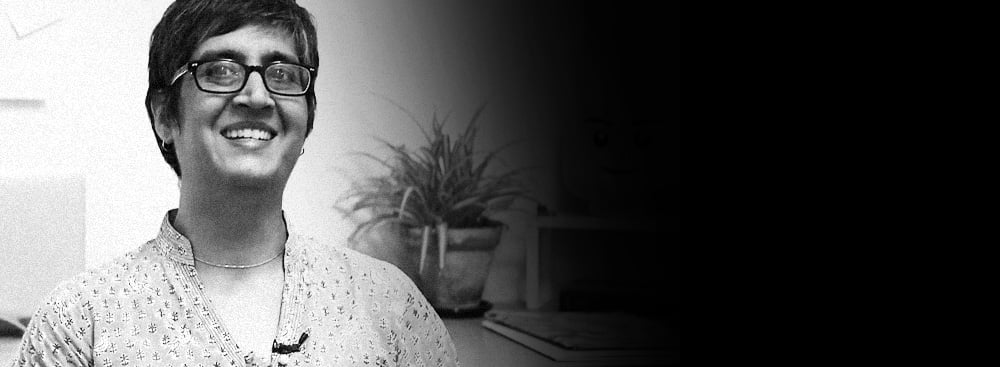
8. SABEEN MAHMUD
OWNER, T2F PAKISTAN
FOR CREATING A SAFE SPACE IN AN ILLIBERAL SOCIETY.
On April 24, human rights activist Sabeen Mahmud hosted a panel on thousands of disappearances that many believe Pakistan’s government is carrying out against perceived supporters of Balochistan’s separatist movement. The event was held at T2F (The Second Floor) cafe, a haven for Karachi’s liberal thinkers. Soon afterward, two unidentified gunmen approached Mahmud’s car at a red light and killed her.
Pakistan’s civil society is under attack from both religious radicals and an abusive state security apparatus. But Mahmud was uncompromising in her commitment to free speech — even as she received death threats. T2F, founded in 2007, staged hundreds of provocative events, including Pakistan’s first hackathon. In fact, Mahmud welcomed the Balochistan panel after authorities ordered its cancellation at another venue. “Fear is a state of mind,” an acquaintance, writing in the New Yorker after the killing, recalled Mahmud once saying. “You can make it much bigger than it actually is.”
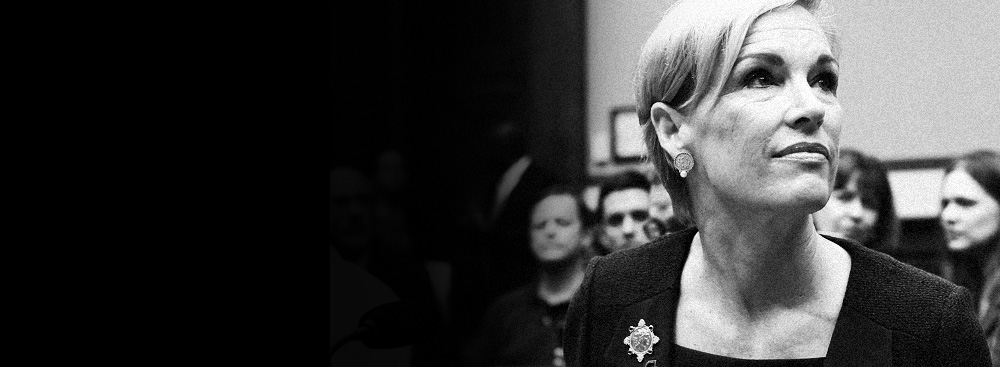
9. CECILE RICHARDS
PRESIDENT, PLANNED PARENTHOOD NEW YORK CITY
FOR KEEPING HER COOL IN A HOT WASHINGTON MESS.
In her nearly 10 years as Planned Parenthood’s president, Cecile Richards has reiterated that the government money the organization receives pays for abortions only under rare circumstances and that the procedure amounts to only a tiny fraction of the services it provides. Nevertheless, under her leadership, federal and state governments have threatened funding some 20 times. This fall, that animosity reached a fever pitch when legislators summoned Richards to Capitol Hill to testify about sting videos that allegedly showed her employees discussing illegal profits from fetal-tissue sales. But the five-hour grilling went far beyond questioning the legitimacy of the videos; the members of Congress attacked all of Planned Parenthood’s operations, dissected Richards’s salary, and tried to school her on women’s health care. She remained calm and steely, the epitome of grace under fire. “It is clear [the videos’ creators] acted fraudulently and unethically — and perhaps illegally,” she told the panel. “Yet it is Planned Parenthood … that is currently subject to four separate congressional investigations.”
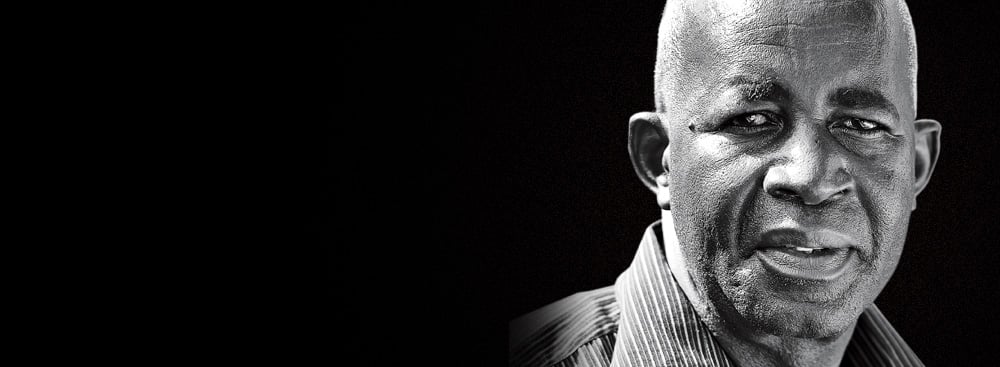
10. PIERRE CLAVER MBONIMPA
FOUNDER, ASSOCIATION FOR THE PROTECTION OF HUMAN RIGHTS AND INCARCERATED PERSONS BURUNDI
FOR BEING A CONSTITUTIONAL BODYGUARD.
When Burundi’s president, Pierre Nkurunziza, announced he was seeking a third term this year — violating the constitution — Bujumbura’s streets raged with protests and violence. Amid the chaos, human rights activist Pierre Claver Mbonimpa emerged as the government’s most vocal critic. In April, he was arrested shortly after calling for pro-democracy protests on live radio and telling Reuters that at least five people had been killed the day before, two by the ruling party’s youth wing; Mbonimpa later brought evidence of apparent vote rigging to the International Business Times. He has said he will not be cowed: “It is not the use of force,” he told France’s TV5 Monde, “that will convince the Burundian population to abandon the protests.” But his efforts have come at a great personal cost: In late summer, Mbonimpa survived an assassination attempt. But, over the next few months, both his son-in-law and Mbonimpa’s own son were murdered.
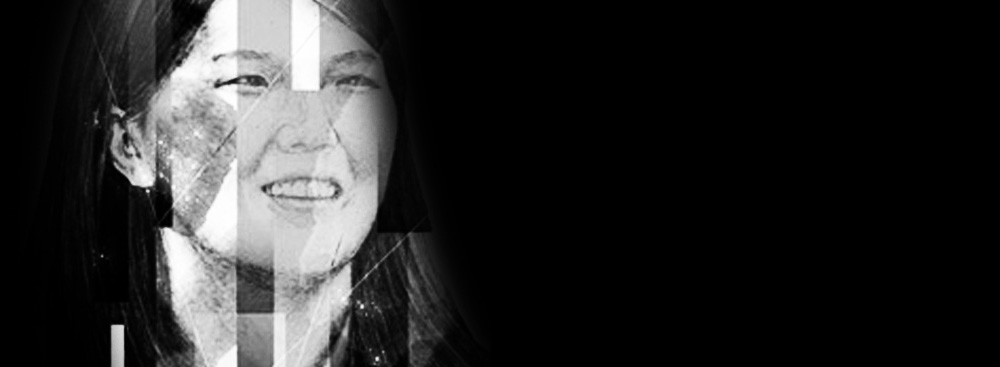
11. LI TINGTING
ACTIVIST CHINA
FOR STICKING IT TO THE COMMUNISTS.
Ahead of International Women’s Day in March, Beijing authorities detained Li Tingting, a feminist, lesbian activist, for planning to distribute stickers and fliers decrying sexual harassment on public transportation. It wasn’t Li’s first run-in with the state: In 2012, she had her phone tapped, and her family has been harassed for her role in organizing sit-ins to demand more public toilets for women. She has also marched against domestic violence in a bloody wedding dress. This time, she claimed officials strapped her to a chair, blew cigarette smoke in her face, deprived her of sleep, and tried to shame her for identifying as gay. But Li’s growing fame helped her. Foreign politicians and activists, including now-U.S. presidential contender Hillary Clinton, put an unusual amount of pressure on China to release her. It did so after 37 days. Li is now planning her next provocation: She says she’s studying to become China’s first openly lesbian lawyer.

12. REBECCA GOMPERTS
FOUNDER AND DIRECTOR, WOMEN ON WAVES NETHERLANDS
FOR DELIVERING A CHOICE BY DRONE.
A drone hung in the sky above the small Polish border town of Slubice and dropped — what else? — abortion pills. The gift, delivered by abortion-rights NGO Women on Waves this June, called attention to restrictions on access to the procedure: Nearly 40 percent of the world’s people live in countries that deny or limit a woman’s right to abortion, and in predominantly Catholic Poland, abortions are rarely permitted. For 14 years, the organization — led by Rebecca Gomperts, a Dutch physician and activist — has rented ships, docked them in international waters near the coasts of Ireland, Poland, Portugal, Spain, and Morocco, and administered the procedure there. When anti-abortion groups vowed to shoot down the drone this summer, Gomperts told the Guardian, “Fortunately, guns are not that easy to get in Europe.”
ARTISTS
Across a range of media — rap, opera, sculpture, filmmaking, and more — these Global Thinkers are bound by the belief that art serves a higher purpose. They have challenged the Islamic State with verses, staged apocalyptic scenes to warn of the dangers of pollution, bent the constraints of theatrical genres to illuminate new creative pathways, and built a distorted theme park that scrutinized the failures of Western culture. If all the world’s a stage, these individuals have trained spotlights on pressing issues and viewpoints that demand more of the global audience’s attention.
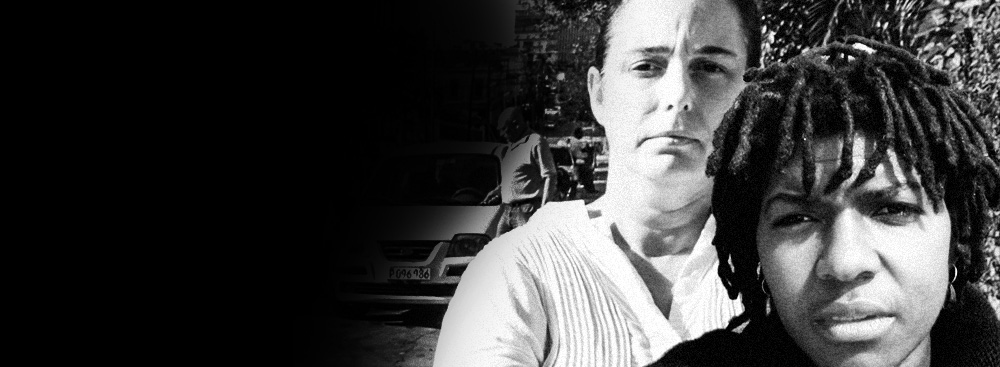
1. TANYA BRUGUERA; MARÍA MAGDALENA CAMPOS-PONS
ARTISTS NEW YORK CITY; BOSTON
FOR AMPLIFYING FREE SPEECH IN HAVANA.
While it remains to be seen what Washington’s rapprochement with Havana will mean for human rights in Cuba, two women are already testing the waters of free speech. Last winter, performance artist Tania Bruguera attempted to set up a lectern in Havana’s Revolution Square and invite members of the public to speak on any topic for one minute. Before she could do the performance, the government detained her and confiscated her passport for months. By this summer, however, artist María Magdalena Campos-Pons was able to take a similar stand unmolested: Campos-Pons and several art students asked locals during the Havana Biennial to write responses in notebooks to questions about different topics, including current events. This elicited outspoken critiques of the Castro government, prompting the New York Times to ask, “Could it be … that art really did constitute a censorship-free zone here?”
Unfettered participation, the women seemed to be arguing, is fundamental to art — and to Cuban citizenship.

2. SONITA ALIZADEH
RAPPER MT. PLEASANT, UTAH
FOR REFUSING TO BE BOUGHT AND SOLD.
Sonita Alizadeh was worth $9,000. At least, that’s what her mother estimated the Afghan girl, then 16, would fetch in a bride price. While Alizadeh was not alone — as many as 80 percent of Afghan marriages are forced, according to the Afghanistan Independent Human Rights Commission — she was lucky. Before her mother could finalize a deal, Alizadeh secretly recorded a video for her rap song, “Brides for Sale.” “I scream for a body exhausted in its cage,” she sings in Farsi, “a body that broke under the price tags you put on it.” After posting the video on YouTube in October 2014, where it has been played more than 250,000 times, she was offered a scholarship to a high school in central Utah. The ordeal is the subject of Sonita, a documentary that was selected to be screened at the International Documentary Film Festival in Amsterdam this November.

3. BANKSY
ARTIST UNKNOWN
FOR TAKING THE PISS OUT OF DISNEY.
Upon entering the castle, visitors were confronted by an accident. Cinderella’s carriage had crashed; she and her horses were dead. In a scene that evoked the death of a real-life princess — Diana — paparazzi wildly documented the carnage.
This grim, life-size sculpture was created by Banksy at Dismaland, a “family theme park unsuitable for small children” that the famous street artist opened in England for just over a month this summer. The sardonic take on Disney’s amusement empire, which included works by dozens of contributing artists, was Banksy’s biggest project to date — and among the artist’s most timely and political. In one installation, small, remote-controlled boats carried figurine migrants on a faux waterway. And when Dismaland closed, many of its materials were shipped to France to help build shelters for refugees near Calais.
For Banksy, whose identify remains unknown, the cookie-cutter family vacation proved yet another canvas for critiquing the modern condition.
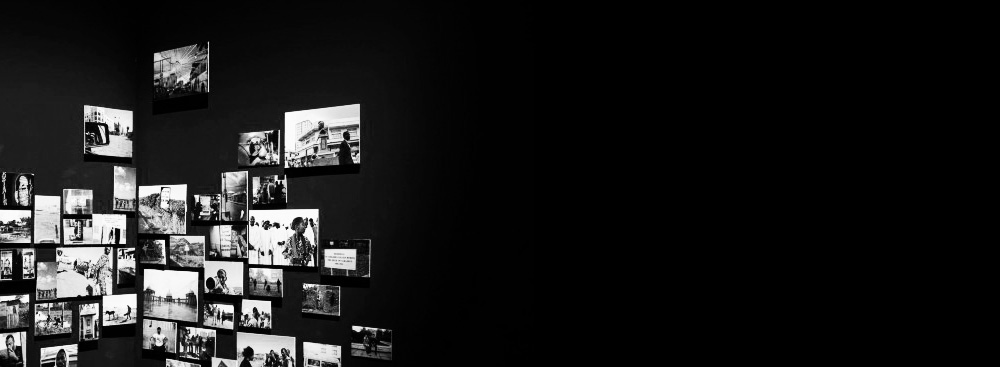
4. INVISIBLE BORDERS
ARTISTS NIGERIA
FOR FERRYING THE JACK KEROUACS OF AFRICA.
Nearly every year since 2009, Invisible Borders, a Nigerian-based art collective, has selected a group of African photographers, writers, and other artists to make a pilgrimage. Starting in Lagos, Nigeria, they travel by bus to different destinations in Africa, depicting — in pictures, blog posts, and videos — the diverse lives they encounter to rebuke notions of a homogenous African experience. They focus not on tropes of poverty and conflict, but on everyday scenes in markets, schools, streets, and other spaces. And in telling a story that transcends colonial-era borders, they defy the idea of Africa as a place neatly carved into distinct nation-states. As Nigerian artist Emeka Okereke, the founder of the project — which was presented as a multimedia installation at the 2015 Venice Biennale — told Intense Art Magazine, the goal is to show that there are “no peripheries or centers but rather pockets of multifarious narratives.”
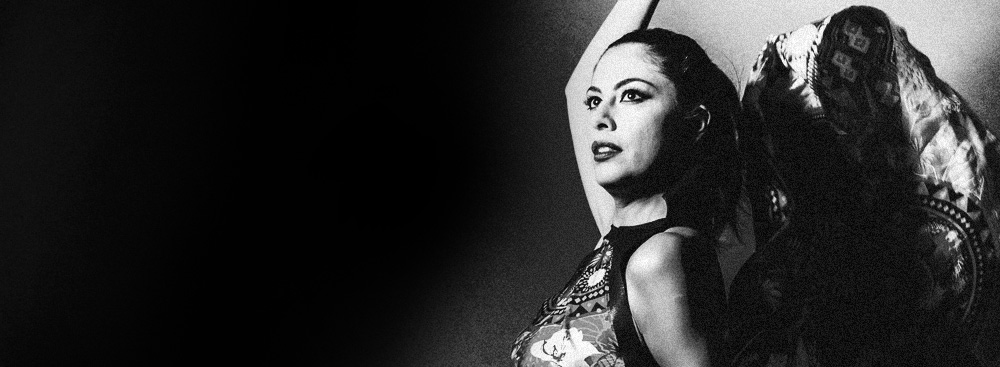
5. CARLA DIRLIKOV CANALES
OPERA SINGER PHILADELPHIA
FOR HARMONIZING LATIN AMERICAN HISTORY.
According to a 2012 National Endowment for the Arts report, socially and economically disadvantaged American teens are three times more likely to earn a bachelor’s degree if they have a strong arts education. Such disparity — combined with the fact that more than 32 percent of Hispanic students in the United States live below the poverty line — drove Mexican-Bulgarian opera superstar Carla Dirlikov Canales to launch El Camino Project. Inspired by the history of El Camino Real — the oldest and longest historical trail in the Western Hemisphere — she’s using music to explore the region’s culture and foster dialogue about its legacy. Since 2014, Dirlikov has brought together artists from around the world to perform Mexican baroque pieces, and she partnered with Harvard University to co-host an October conference on cultural preservation. Music “creates a community,” she told Classical Singer. “When it suddenly becomes accessible, it opens up and reveals something new to people.”
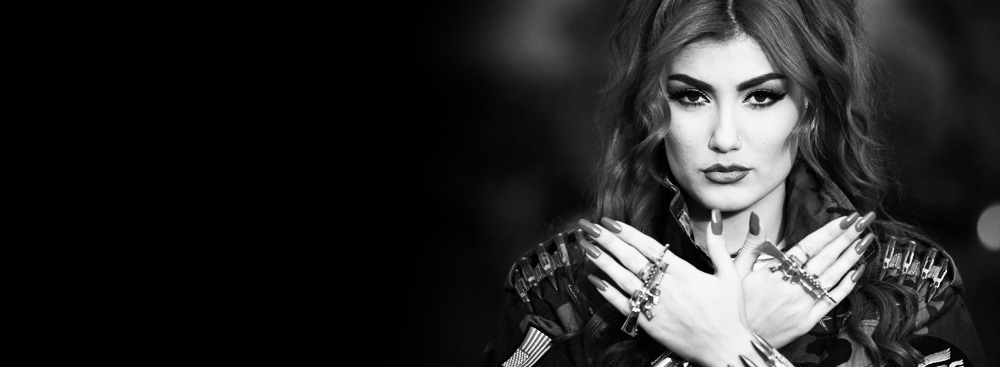
6. HELLY LUV
POP SINGER LOS ANGELES
FOR MAKING THE PESHMERGA’S FIGHT GO VIRAL.
Before the music begins in her “Revolution” video, Kurdish pop star Helly Luv stares down an Islamic State tank. “If I can fight against them with my music, then my song is as powerful as, or more powerful than, their weapons,” she told NBC News. Viewed more than 3 million times on YouTube, the video was shot only a few miles from where actual Iraqi Kurdish forces, known as the Peshmerga, were fighting the Islamic State. “I didn’t want to shoot this in Los Angeles, because I just needed to show the truth of the war,” the singer told style website Refinery29 in July; that truth includes the strength of Peshmerga fighters, who’ve been critical in stalling the Islamic State’s advance. The young singer has received death threats for her work, but she isn’t fazed. As she told NBC News, “If my life is at risk but I can get the message to millions of people, then that is a privilege.”

7. LIN-MANUEL MIRANDA
PLAYWRIGHT, COMPOSER, ACTOR NEW YORK CITY
FOR RAPPING THE AMERICAN DREAM.
Theater audiences were calling Lin-Manuel Miranda a genius before the MacArthur Foundation awarded him one of its prestigious fellowships in September. Miranda is the writer, composer, and star of the hit musical Hamilton, which opened on Broadway this summer. The show tells the story of Alexander Hamilton, an immigrant orphan from the West Indies whose intelligence and bluster ensured his meteoric rise through America’s revolutionary ranks. But there are a few notable twists: All the main characters are played by black, Hispanic, or Asian-American actors, and the cross-genre composition weaves hip-hop, R&B, and pop music with the traditional sounds of musical theater.
In a year when identity politics, racial discrimination, and immigration dominated U.S. media and intellectual conversations, Miranda not only reinvented an old art form and reimagined the Founding Fathers as young, scrappy rebels. He also pushed audiences to consider: Who really has access to the American dream?
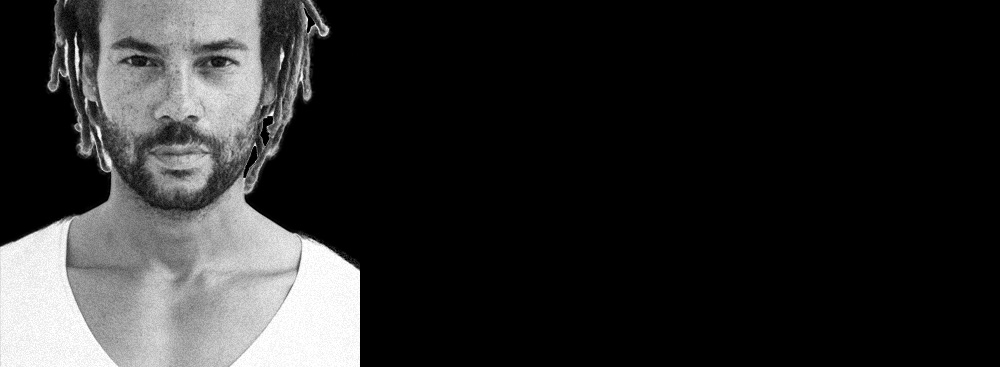
8. FABRICE MONTEIRO
PHOTOGRAPHER SENEGAL
FOR FASHIONING A WARNING ABOUT POLLUTION.
In one image, a woman wearing a full-length, multicolored dress made from plastic stands atop a waste dump. In another, a woman clad in black leather, with what look to be six enormous metal tentacles emerging from her back, kneels in the bloody sand of a bay polluted by wastewater from a slaughterhouse. The haunting photographs, part of Fabrice Monteiro’s series The Prophecy, highlight environmental devastation in the Belgian photographer’s adopted home of Senegal. The United Nations estimates that one-third of the country’s land is degraded, in part because of Senegal’s mining and cement industries. By dressing his models in elaborate costumes built partially from found materials, Monteiro captured otherworldly portraits that signal the merging of humans and the pollution around them. “West Africa believes in the spirits,” he told online magazine the Mantle. “The idea was to use those spirits to deliver a message.”
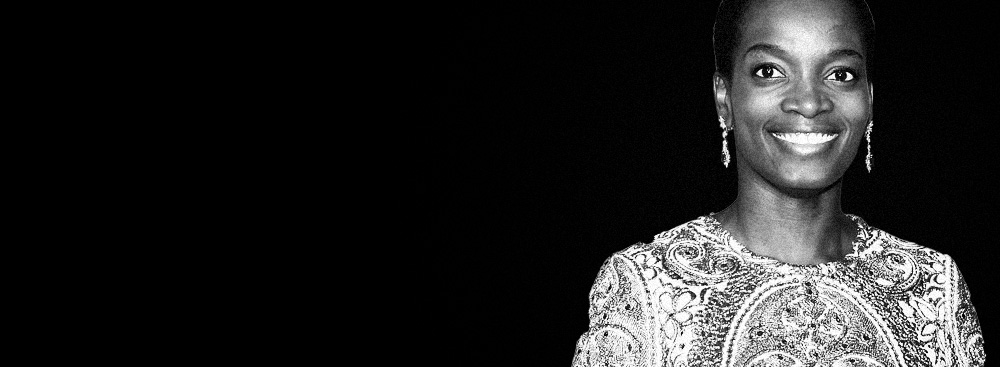
9. NJIDEKA AKUNYILI CROSBY
ARTIST LOS ANGELES
FOR COLLAGING THE IMMIGRANT EXPERIENCE.
This year, Nigerian-American Njideka Akunyili Crosby exhibited in New York’s New Museum Triennial, “Surround Audience,” which focused on how technology alters the human condition. The exploration of identity is central to Akunyili Crosby’s work, which blends paint, charcoal, and pastels, among other media, with family photos and clips from the Internet and Nigerian magazines. For Akunyili Crosby, mixing forms and merging styles is about bridging the complexities of the old world and the new, between her native home in Nigeria and her adopted one in the United States. At the Triennial, Akunyili Crosby showed a portrait of herself with her husband — a mix of paint and collage pieced together from prints of family and friends and from magazines and newspapers. “Your eyes are traversing multiple universes,” she told Smithsonian about her work. “You’re jumping through all these languages of making art, but then you’re also making jumps in continents.”
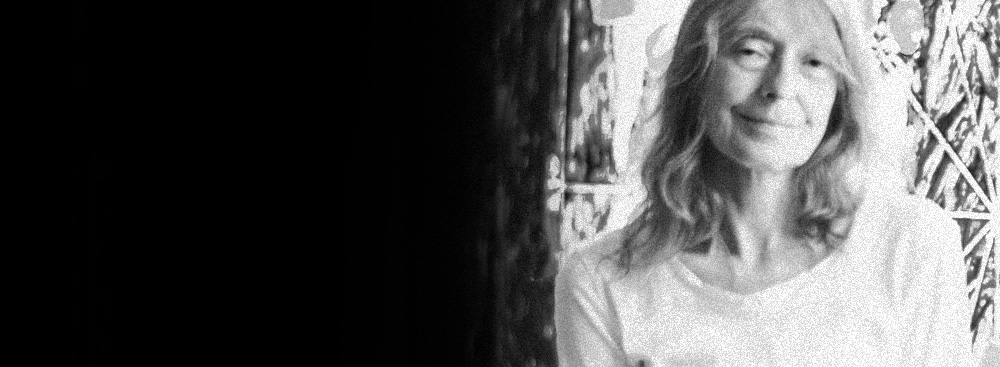
10. FIONA HALL
ARTIST AUSTRALIA
FOR ADMONISHING THE PRESENT BY CONJURING THE PAST.
Sculptor and visual artist Fiona Hall told the Australian Broadcasting Corp. that she named her Venice Biennale exhibit “Wrong Way Time” because humanity has “descended” politically and socially, “but we can’t turn the clock back.” Hall transformed found objects — including bank notes, bread, teeth, and strips of military fatigues (symbolizing Australia’s legacy of colonialism) — into ghoulish masks and sculptures of endangered animals. To highlight the gradual erosion of Aboriginal traditions, she created some items with the Tjanpi Desert Weavers, a collection of some 400 Aboriginal women who use grass and other natural materials in their work; they fashioned extinct creatures described only in oral tales passed on through generations.
The Guardian, which praised Hall’s show as a remarkable cabinet of curiosities, noted that in her imagination, “Time ticks both forwards and backwards.… [A]rt makes the future look ancient.”
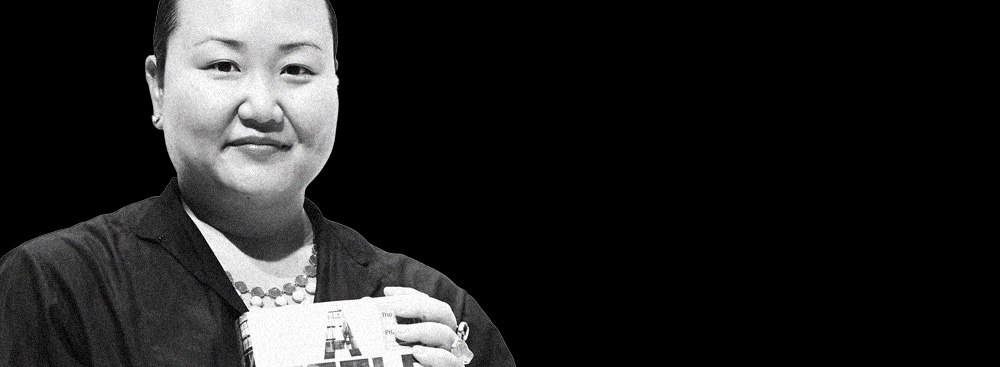
11. HANYA YANAGIHARA
NOVELIST NEW YORK CITY
FOR FORCING FICTION READERS TO THE BRINK.
No holds barred. Beyond the pale. Unsparing. Those are just a few of the words used to describe Hanya Yanagihara’s novel A Little Life — a wrenching story of sexual abuse and emotional trauma suffered by an orphan named Jude. A text that can “drive you mad, consume you, and take over your life,” as the New Yorker declared, it toggles between Jude’s adulthood, in which he is a successful litigator and devoted friend, and flashbacks to his horrendous youth, which left him physically deformed and tormented by powerful demons that drive him to self-destruction. Yanagihara unflinchingly examines some of the greatest horrors human beings can inflict, challenging readers to persevere even as they want to look away — a feat of simultaneous appeal and alienation that novels rarely attempt, much less achieve. Her brave prose earned Yanagihara a spot among the finalists for both the Man Booker Prize and the National Book Award for fiction.
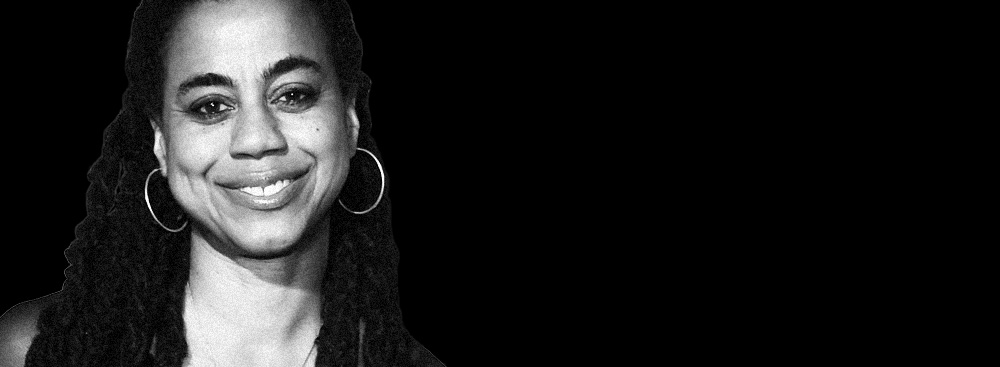
12. SUZAN-LORI PARKS
PLAYWRIGHT NEW YORK CITY
FOR BRINGING THEATER AUDIENCES ON AN ODYSSEY.
“Suzan-Lori Parks has a lot of nerve.” So begins New York’s review of Parks’s play Father Comes Home From the Wars, which stretches the boundaries of the American stage. The protagonist, Hero, is a riff on Odysseus: a black slave whose master promises him freedom if he fights for the Confederacy. Incorporating a Greek chorus — “Less than Desirable Slaves” who reappropriate minstrel stereotypes — philosophical monologues, and folk music, Father transforms and fuses dramaturgical styles to meditate on liberty, identity, and other classic themes. When judges awarded Parks the 2015 Kennedy Prize, they called Father “a compelling contribution to the urgent American conversation about race.”

13. VAHAGN THOMASIAN, ARA OSHAGAN & LEVON PARIAN
ARCHITECT; PHOTOGRAPHERS LOS ANGELES
FOR PRESERVING THE HISTORY OF A GENOCIDE.
One hundred years ago this past April, the Ottoman government began systematically exterminating some 1.5 million Armenians — an act that modern Turkey refuses to recognize as a genocide. Three artists of Armenian descent are working to ensure that history isn’t forgotten. Ara Oshagan and Levon Parian spent 20 years photographing and interviewing dozens of aging survivors. Collaborating with architect Vahagn Thomasian, they then created a public art project that debuted this spring in Los Angeles. (Southern California has the United States’ largest Armenian community.)
The installation consisted of massive black-and-white portraits, as well as printed snippets of survivors’ testimonies, situated around Grand Park. The installation, Oshagan said in a statement, is “a temporary monument to the men and women who rebuilt their disrupted lives and communities in the aftermath of genocide.” It ran for several weeks, and the artists hope to show it in New York — and maybe even Istanbul.

14. GENE LUEN YANG & MIKE HOLMES
CARTOONISTS SAN JOSE, CALIF.; CANADA
FOR MAKING CODING COOL, FRAME BY FRAME.
Only 27 U.S. states allow computer science courses to count toward high school graduation, according to the nonprofit Code.org. For cartoonist and longtime computer-programming teacher Gene Luen Yang, this gap in education was unacceptable, so he paired with illustrator Mike Holmes to develop a graphic novel that would educate readers on binary’s basics. Secret Coders, published in September, is set in fictionalized Stately Academy, where the founder left a series of puzzles for pupils to solve. With a diverse set of characters, including a female protagonist named Hopper and her African-American best friend, Eni, the book unravels like a mystery while introducing readers to programming. “Not everybody is meant to be a professional software developer, but everyone can benefit from a general understanding of coding,” Yang said in a September interview with Entertainment Weekly. “Secret Coders can’t replace a good computer science teacher, but I hope … it’s an on-ramp.”
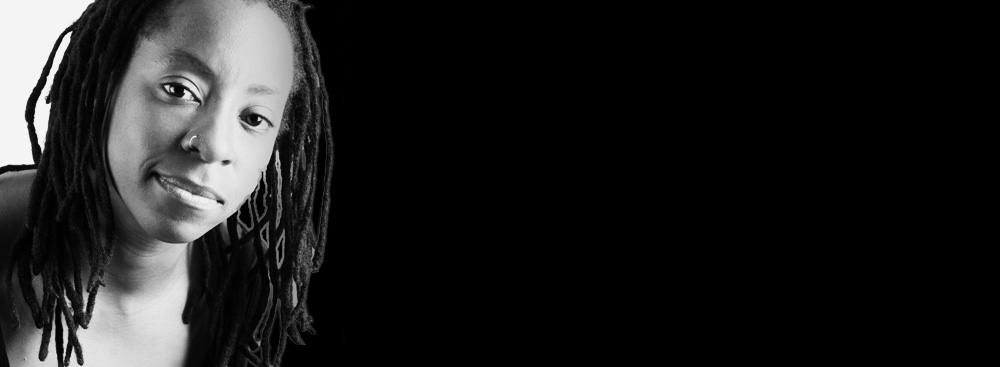
15. ADEJOKE TUGBIYELE
ARTIST NEW YORK CITY
FOR EVOKING A QUEER AFRICAN SPIRIT.
On CNN last year, artist Adejoke Tugbiyele, a lesbian Nigerian-American, came out publicly while still living in Lagos. Not long before, the Nigerian government had passed a draconian anti-gay law under which one’s sexual identity could lead to 14 years in prison. Or, in the case of Mubarak Ibrahim, a public flogging: Ibrahim was the first man convicted of sodomy in a wave of homophobia that surged nationwide after the law was passed. Tugbiyele felt a responsibility to capture Ibrahim’s pain; A Queer African Spirit, the resulting sculpture, bears a horsehair tail and features a golden skull haloed by a leather whip. Shown as part of an exhibit in Florence, Italy, alongside work by other African artists, the piece “evokes the death of one’s soul,” Tugbiyele told Okayafrica.

16. SERIK ABISHEV & ADILKHAN YERZHANOV
FILMMAKERS KAZAKHSTAN
FOR BUCKING STATE CINEMA.
Kazakhstan’s film industry doesn’t exactly have an international presence — a fact not helped by the government’s desire to fund only patriotic flicks like 2011’s Myn Bala, a warrior epic that got much of its estimated $12 million budget from the state. Without government support, a production is as good as dead. Or at least it was until a group of dissident filmmakers, including producer Serik Abishev and director Adilkhan Yerzhanov, founded the film collective The Partisans in 2014, enabling work on social issues with just shoestring budgets. The duo has collaborated on three feature films so far. The most recent, The Owners, about the struggle of impoverished siblings to secure property rights from corrupt local officials, debuted last year at the Cannes Film Festival; another Partisans feature, co-written by Yerzhanov, won the jury’s prize for best film at this year’s Eurasia International Film Festival.
HEALERS
Many of these Global Thinkers racked up firsts: developing some of the first tools to combat Ebola, devising the first successful method to keep transplant hearts viable without putting them on ice, and replicating human organs so that, for the first time, animals might not be needed for medical testing. Other Global Thinkers, meanwhile, went back to basics — or even ancient history: digging in the dirt to find new antibiotics, for instance, and working to revive the woolly mammoth. Yet they were all on a shared quest to protect and improve the world’s health.
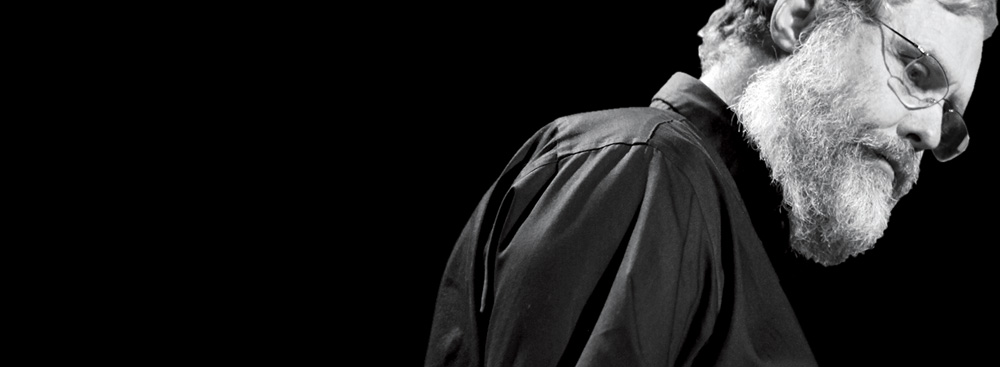
1. GEORGE CHURCH
GENETICIST CAMBRIDGE, MASS.
FOR RESURRECTING THE WOOLLY MAMMOTH.
The last woolly mammoths died around 4,000 years ago, but Harvard University geneticist George Church has taken a step toward what had been heretofore confined to Jurassic Park: de-extinction. Using a gene-editing technique called CRISPR, Church and his team spliced mammoth ear, fat, and hair genes into elephant DNA, creating the basis for a hybrid that may one day wander the frozen north, just as its ancestors did. That prospect isn’t without controversy — the editors of Scientific American wrote, “[W]ith limited intellectual bandwidth and financial resources to go around, de-extinction threatens to divert attention from the modern biodiversity crisis” — but Church argues that de-extinction isn’t a “one-off stunt.” “The goal,” he wrote in the same magazine, “is to adapt existing ecosystems to radical modern environmental changes, such as global warming, and possibly reverse those changes.” Today, living mammoths still remain far off. But, as Church told National Geographic, “people confuse what’s impossible today with what’s impossible tomorrow.”

2. ROBERT GARRY; ALEXANDER BUKREYEV & MICHELLE MEYER
IMMUNOLOGIST; PATHOLOGISTS NEW ORLEANS; GALVESTON, TEXAS
FOR RACING TO STOP THE NEXT EPIDEMIC.
The world is better armed to combat Ebola thanks to three scientists in the southern United States. Robert Garry, a Tulane University immunologist, was a lead investigator in the creation of a rapid Ebola test, approved for emergency use by the U.S. Food and Drug Administration and the World Health Organization last winter. Unlike existing diagnostics, which take hours or days to deliver results, the new finger-prick blood test works in 15 to 25 minutes. “Medical personnel will be able to quickly identify hot spots and may prevent resurgence of cases,” Garry said in a February news release.
A few months later, Alexander Bukreyev and Michelle Meyer, researchers at the University of Texas Medical Branch, published research demonstrating that a vaccine had protected monkeys from Ebola. Its major advantage over other immunizations in development is that it’s an aerosol, which would eliminate the need to stick patients with needles. Next up: human clinical trials.
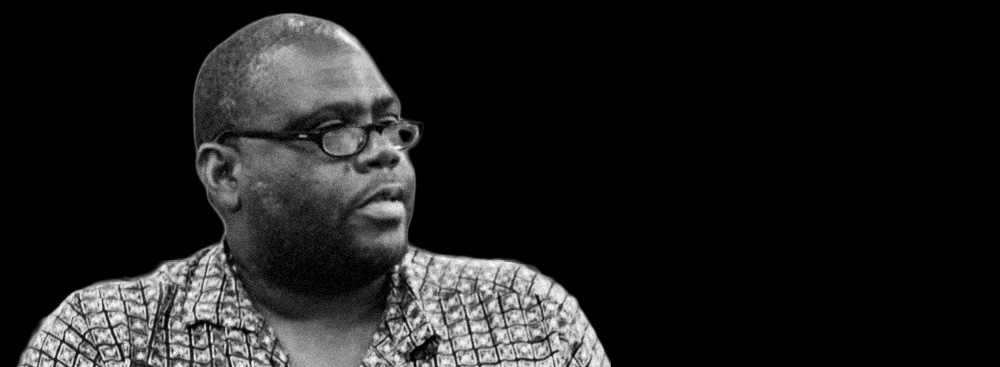
3. MOSOKA FALLAH
EPIDEMIOLOGIST LIBERIA
FOR KEEPING THE FIGHT AGAINST EBOLA ALIVE.
The week of Oct. 4 was the first in a year and a half in which the World Health Organization recorded no new cases of Ebola in West Africa. But for Mosoka Fallah — an epidemiologist who spent the worst days of the outbreak tracking infections in West Point, the Liberian slum where he grew up — the crisis isn’t over. Fallah is a principal investigator in a new study that’s part of a joint Liberia-U.S. research project, the Partnership for Research on Ebola Virus in Liberia (PREVAIL). The goal of the five-year study, which began in June, is to understand Ebola’s aftermath: whether survivors become immune to the virus, for instance, and whether they can still transmit it to close contacts (through sex, for instance). With plans to enroll 1,500 survivors, it is the largest-ever study of its kind — because no Ebola outbreak has ever been as large as West Africa’s was. In a June news conference, Fallah called the study “history-making.”

4. WALEED HASSANEIN
PRESIDENT AND CEO, TRANSMEDICS CAMBRIDGE, MASS.
FOR TRANSFORMING ORGAN TRANSPLANTATION.
One fateful night in 1994, Waleed Hassanein, then a first-year surgical resident at Georgetown University Hospital, found himself transporting a human heart — in a red cooler, on ice — from Washington, D.C., where a donor had died, to Virginia, where a patient waited. The experience was so seminal that, a few years later, he abandoned a career in surgery for one in medical devices. By replicating the conditions under which organs normally function rather than by refrigerating them, he thought, maybe the organs could be preserved longer. Hassanein’s company, TransMedics, started developing technology that keeps donor hearts warm and beating in a sterile chamber where blood is pumped in through tubes. The first clinical trials using the method went smoothly, according to results published in the Lancet in April. Experts predict this could increase the number of transplantable hearts by up to 30 percent.
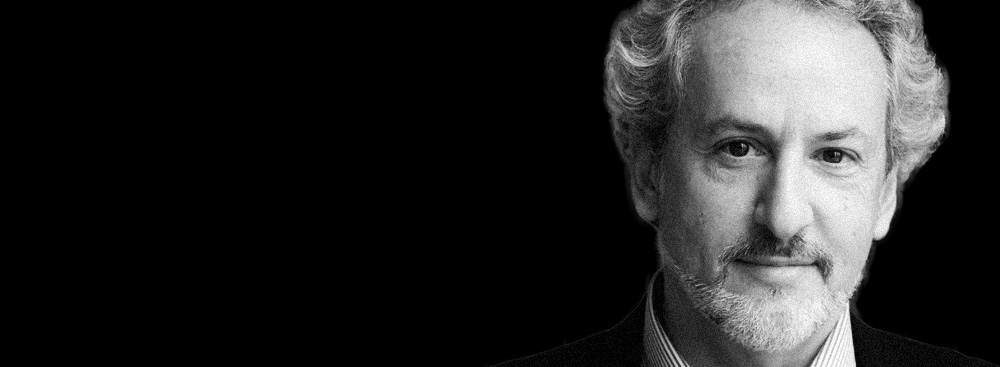
5. DONALD INGBER
BIOMEDICAL ENGINEER CAMBRIDGE, MASS.
FOR MAKING MEDICAL TESTING BEAUTIFUL.
Animal testing isn’t just controversial. It’s also imprecise, “often fail[ing] to mimic human diseases or predict how the human body responds to new drugs,” said Donald Ingber in a news release. He and his research team have invented thumb-drive-sized plastic chips that mimic organs. On a lung chip, for instance, air flows through a tiny tube divided into two chambers by a porous membrane — coated in real lung and capillary cells — that can be suctioned to rise and fall like a chest. Introducing bacteria into this tiny, fabricated organ allows scientists to watch how white blood cells attack disease; adding an anti-cancer drug does the same for the study of edema.
Organs-on-chips could eventually make animal testing obsolete. In 2015, the chips won Design of the Year from London’s Design Museum, and samples were acquired by New York’s Museum of Modern Art.
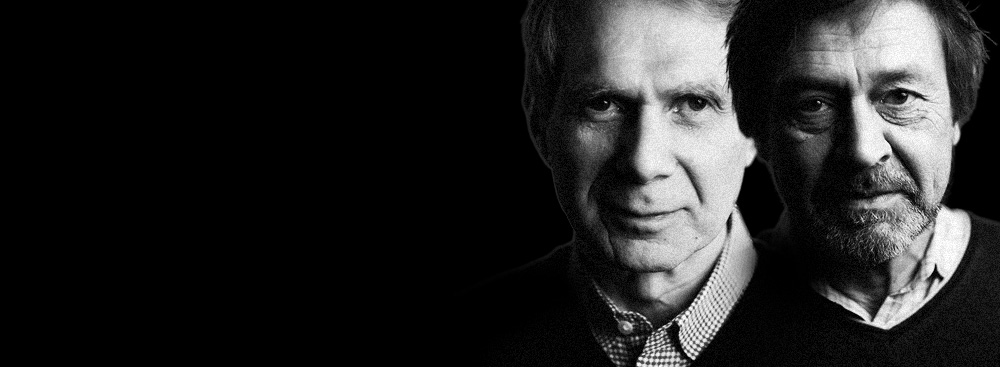
6. KIM LEWIS & SLAVA EPSTEIN
FOUNDERS, NOVOBIOTIC PHARMACEUTICALS BOSTON
FOR FINDING MEDICINE IN A PILE OF DIRT.
Some 700,000 people die annually because of antibiotic resistance, but few drugs have been developed in recent decades to address the global crisis. This is partly because just 1 percent of microbial species, from which antibiotics are derived, flourish in labs. So Slava Epstein and Kim Lewis developed a different technique to culture bacteria: grow them in their native environments. Microbes are isolated from soil and placed in tiny wells on the surface of a domino-sized plastic block called the iChip; then the device is buried in the same dirt for a few weeks before being exhumed for analysis. In January, the scientists announced they had detected teixobactin, a new antibiotic that can vanquish tuberculosis and drug-resistant Staphylococcus aureus (MRSA). Remarkably, microbes appear virtually unable to develop resistance to teixobactin. The next step is testing the antibiotic on humans — and using the iChip to find more game-changing drugs.
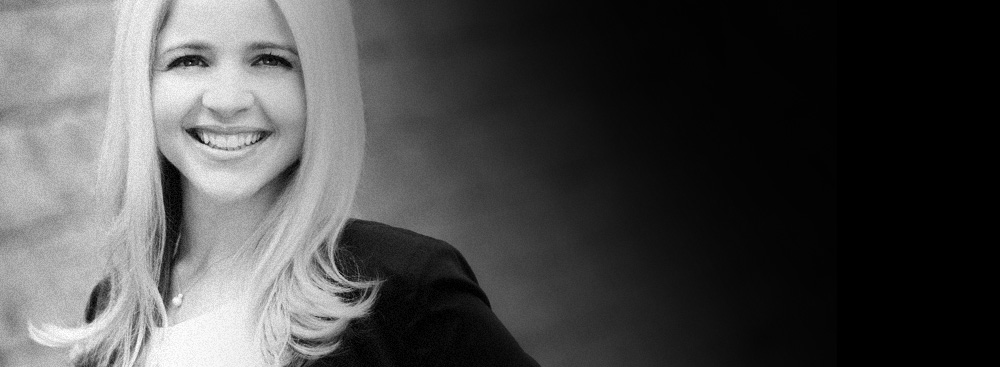
7. DENA MARRINUCCI
CHIEF SCIENTIFIC OFFICER, EPIC SCIENCES SAN DIEGO
FOR HUNTING CANCER WHEREVER IT MAY HIDE.
Part of why it’s difficult to keep cancer from metastasizing is because diseased cells are difficult to spot on conventional scans. Biotech start-up Epic Sciences, co-founded by Dena Marrinucci in 2008, has found a better way: Using a highly accurate blood test, Epic doesn’t simply look at cell size or abnormalities — typical indicators of cancerous cells — but also at protein expression, which can help track cells as they mutate.
This year, Epic announced a development that can isolate and sequence single cells. Typically, cancerous cells are viewed as a group, which obscures diverse and individual mutations, making the disease much more difficult to treat. Marrinucci’s process enables labs to be more efficient in identifying and responding to the evolution of cancer before it becomes treatment-resistant.
Some 26 pharmaceutical companies are deploying Epic’s technologies in clinical trials.
STEWARDS
From the Vatican’s pulpit to Australia’s Aboriginal communities, the halls of the United Nations to the rice fields of Vietnam, these Global Thinkers wielded influence across diverse locales in hopes of cleaning up the planet. They deregulated fuel prices in a major oil-producing state, banished cars in a city of more than 2 million people, filmed a seminal exposé on China’s stifling air pollution, and even used pop-music celebrity to promote solar power in Africa. Their platforms may have varied, but their message was the same: The world must stop dithering on climate change — before it’s too late.
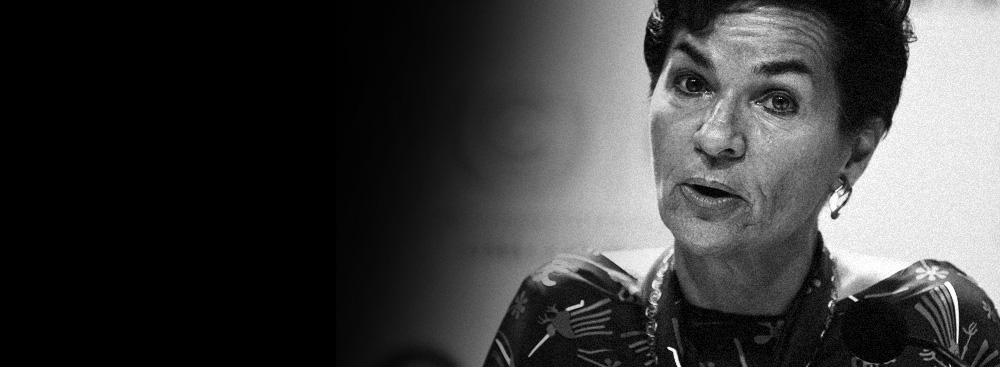
1. CHRISTIANA FIGUERES
EXECUTIVE SECRETARY, U.N. FRAMEWORK CONVENTION ON CLIMATE CHANGE GERMANY
FOR FORGING A NEW BRAND OF GREEN DIPLOMACY.
If December’s climate conference in Paris delivers meaningful emissions standards, it will be due to Christiana Figueres’s tireless advocacy and political savvy. The executive secretary of the U.N. Framework Convention on Climate Change (UNFCCC) has traveled the world meeting with state leaders and pushing a simple message: Don’t fight the inevitable — a low-carbon economy is the future. She believes that touting doomsday scenarios won’t incentivize action, but cold economic calculus will. “The global market is going to be demanding clean energy, and the question is, who is going to be producing it?” she told CBS News. She has also been careful not to point fingers. In Saudi Arabia, she avoided using the word “carbon,” speaking broadly of “emissions,” which include gases that don’t come from burning oil. Decarbonization, she told the New Yorker, is threatening to the Saudis. “Why would I want to threaten them? I need them on my side.”

2. TRANG TRAN
CEO AND CO-FOUNDER, FARGREEN VIETNAM
FOR CULTIVATING MUSHROOMS TO CLEAR THE AIR.
Every year, Vietnamese farmers burn tens of millions of tons of rice straw (the stalk that remains after a harvest) to prepare fields for the next growing cycle. Scientists know that this practice, which creates thick smog, contributes to global warming. The problem is persuading farmers to change their behavior: “What’s in it for them not to burn?” Trang Tran asked in an April interview with TED. Tran is answering that question with Fargreen, a company that educates farmers about how to use rice straw to cultivate mushrooms — offering them work between rice seasons and a way to use material long considered waste. Partnering with 10 farmers from Hai Duong province, Fargreen completed its first successful mushroom harvest this spring. According to the company, each participant generated $2 of extra daily income. (Normal earnings are less than $5.) If scaled up in Vietnam and other rice-producing countries, the concept could improve livelihoods — and cut back on noxious emissions.
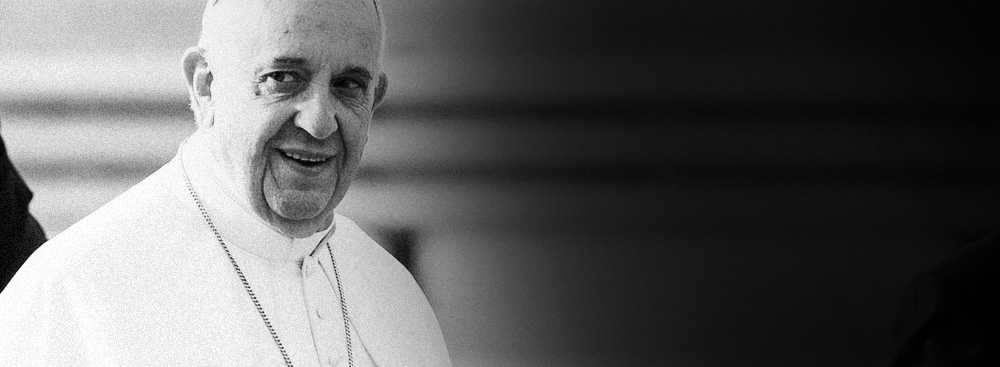
POPE VATICAN CITY
FOR PREACHING THE FAITH IN SCIENCE.
Pope Francis is ignoring critics who insist that the Vatican has no business influencing global politics. In June, he issued an impassioned 184-page encyclical about the environment — a first for the papacy — addressed to “every person living on this planet.” Framing climate change as a human rights issue, he criticized how the “foreign debt of poor countries has become a way of controlling them,” while rich nations spoil the planet. The pope called for governments to enact new energy and economic policies, a plea he reiterated when he addressed Congress and the U.N. General Assembly during a September trip to the United States. Francis has made it clear that he doesn’t want to stick to reading scripture; he wants to change the Catholic Church — and the world.
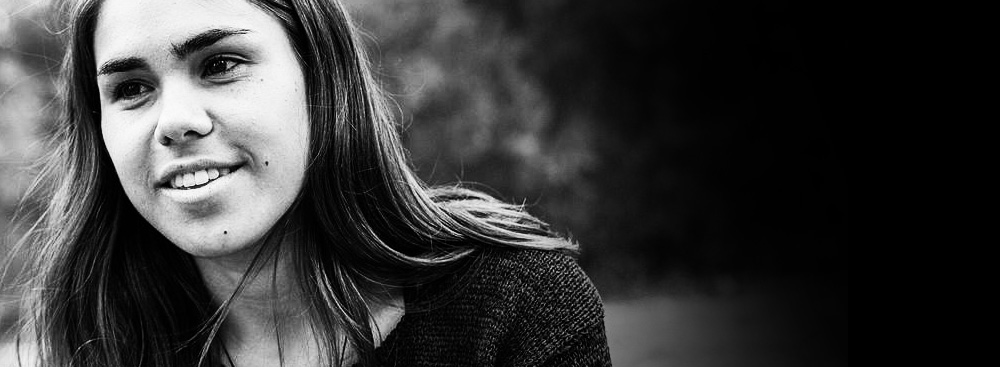
4. AMELIA TELFORD
ACTIVIST AUSTRALIA
FOR RALLYING ABORIGINAL YOUTH TO A CLEAN CAUSE.
As a young environmentalist, Amelia Telford grew frustrated with how few Aboriginal voices were in Australia’s green movement — even though indigenous people will suffer the country’s worst consequences of climate change, from food insecurity to loss of land. In 2014, the member of the Bundjalung nation started Seed, Australia’s first climate network for indigenous youth. Seed operates across Australia, raising awareness and speaking out against environmentally harmful policies and industries. Members fought the expansion of a port, Telford wrote on Seed’s website, by “knocking on the doors” of prospective funders and urging them to oppose the project. In August, Australia’s Commonwealth Bank and London-based Standard Chartered cut ties with port developers, which green activists counted as major victories. “We’re seeing the young people we work with transformed,” Telford, who is just 21, told Generosity magazine, “[and] leading in their community.”
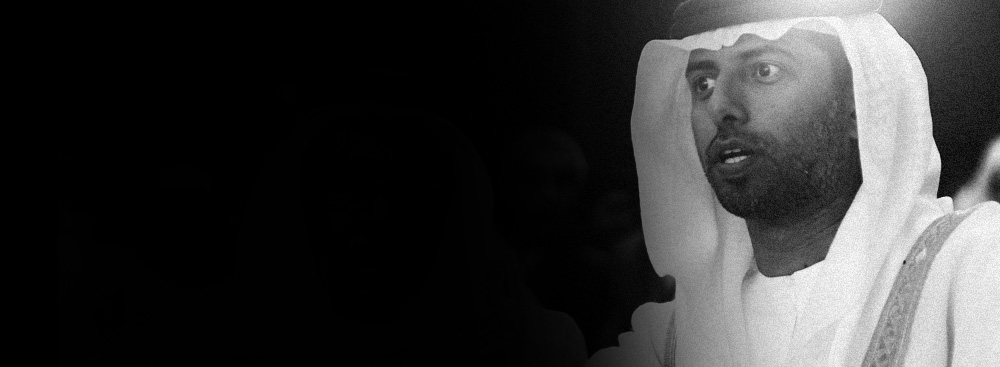
5. SUHAIL AL-MAZROUEI
ENERGY MINISTER UNITED ARAB EMIRATES
FOR PUSHING THE GULF TO PAY AT THE PUMP.
Governments around the world spend some $500 billion annually subsidizing fossil fuels, according to the IMF. By ending this practice — thus dismantling the incentive to buy dirty fuel — global carbon emissions would be cut by 20 percent. This summer, one oil producer did just that. In July, the United Arab Emirates’ energy minister, Suhail al-Mazrouei, announced that the nation would be the first Middle Eastern oil-rich country to deregulate fuel prices, thereby raising gasoline prices for domestic consumers. The surprise move was partially driven by economics — freeing up money to pay for infrastructure and for “diversifying sources of income,” in Mazrouei’s words — but the environmental impact was also a significant factor. “We have 3 million cars on the streets, and the growth is about 9 percent every year,” he told the National. “That is not sustainable.” The country may have jump-started a trend: Oman is expected to begin cutting fuel subsidies next year.

6. AKON
POP SINGER NEW YORK CITY
FOR TURNING ON THE LIGHTS.
Over 80 percent of the world’s population has access to electricity, yet only 33 percent of sub-Saharan Africa’s does. Pop artist Akon — born in the United States, but raised in Senegal — has made powering Africa his priority with the Akon Lighting Africa initiative. Founded in 2014, the organization has set out to bring electricity to hundreds of millions of Africans and create local employment in the process. “If we as Africans don’t rebuild and create our own future, then we’ll just be completely alienated from how Africa is supposed to be built,” Akon told a Fox affiliate in 2014. And this May, the initiative announced a new project: the Mali-based Solar Academy, which is designed to train African engineers and entrepreneurs in solar energy tech — a vital step toward sustaining a plugged-in future.
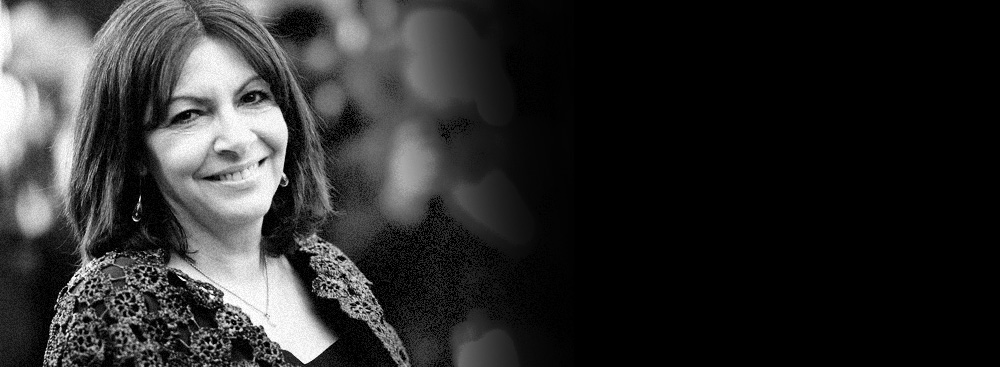
MAYOR, PARIS FRANCE
FOR RECLAIMING PARIS FOR PEDESTRIANS.
On Sept. 27, France’s capital boldly accomplished something few other cities have: its first car-free day, which nearly halved the city’s smog levels for 24 hours. The brainchild of Anne Hidalgo, Paris’s first female mayor, that day was just one aspect of the ambitious green agenda she has pushed since her election in 2014. This year, the city council approved Hidalgo’s plans to ban Paris’s highest-polluting vehicles; Hidalgo also started laying the groundwork for a major pedestrianization of the Seine’s right bank. She’s not just focusing on her city though: Hidalgo and former New York City Mayor Michael Bloomberg are co-hosting a summit for local leaders and mayors during December’s international climate conference. As she told Cities Today, urban leaders must “share our experiences and learn from one another because it is from dialogue, debate, and collective knowledge that tomorrow’s solutions will emerge.”
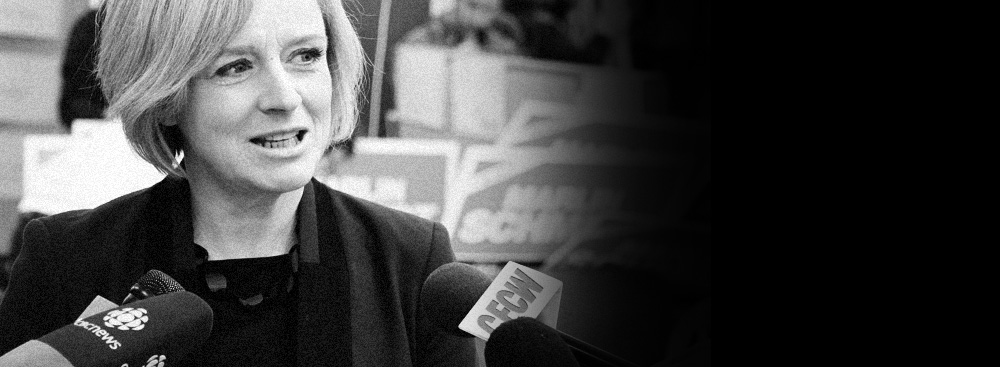
8. RACHEL NOTLEY
PREMIER, ALBERTA CANADA
FOR KNOCKING OIL DOWN A PEG.
In May, Rachel Notley surged from fourth place to lead Alberta’s New Democratic Party to a decisive victory in the province, the heart of Canada’s controversial tar sands and a Progressive Conservative stronghold for more than four decades. Her historic rise has hinged on attacking the province’s sacred cow — the energy sector, which accounts for a quarter of Alberta’s GDP. She withheld support for the Keystone XL pipeline, promised to reconsider how much energy companies pay the provincial government in royalties, and recently created a cabinet position devoted to economic diversification. Perhaps most importantly, Notley is hammering out a new climate change strategy for the province. “I’m afraid that 50 years from now, our great-grandchildren will look at what we did with our resources and they’ll rip up our pictures because they’ll be so angry at how we squandered them,” she told the Globe and Mail in April.

9. CHAI JING
JOURNALIST CHINA
FOR MAKING CHINA’S SILENT SPRING.
There’s viral, and then there’s China viral. In February, journalist Chai Jing released Under the Dome, a self-funded online documentary about the costs of China’s massive pollution problem. Within a few days, the film, which goes after some of the country’s biggest energy companies and extractive industries, racked up more than 100 million views. Although it was suppressed soon after — censors tried to scrub the documentary from the Internet and instructed news sites not to “hype” it — Chai showed Beijing just how worrying dirty skies are to China’s 1.4 billion people. The film prompted intense discussion online, and even Premier Li Keqiang, when asked at a news conference to respond to the film’s criticisms, declared, “We need to make the cost for pollution too high to bear.”
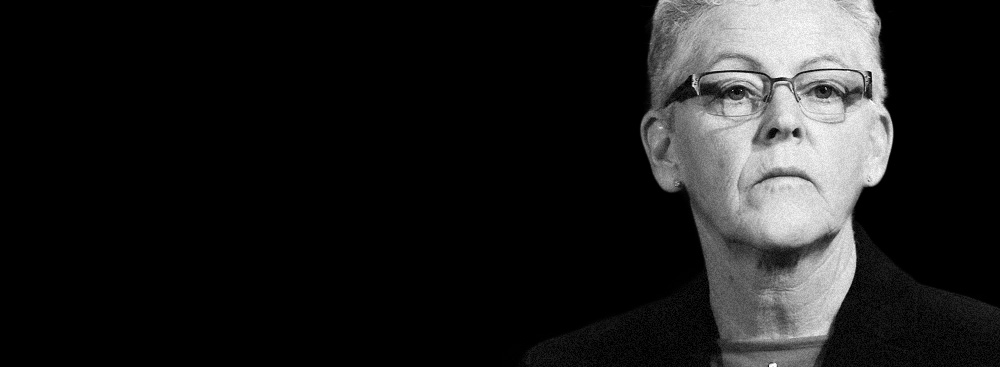
10. GINA MCCARTHY
ADMINISTRATOR, ENVIRONMENTAL PROTECTION AGENCY WASHINGTON, D.C.
FOR PRACTICING JIU-JITSU TO CLEAN UP U.S. ENERGY.
When she became an assistant administrator at the U.S. Environmental Protection Agency in 2009, Gina McCarthy reportedly told colleagues, “I cannot shy away from controversy. … I don’t know if it’s my Irish blood, but I love it.” Since she was named the agency’s head in 2013, McCarthy has lived up to her tough talk. As InsideClimate News put it, she was the “jiu-jitsu artist” who managed two years of negotiations and 4.3 million public comments on a draft proposal to ensure the creation of President Barack Obama’s Clean Power Plan. Announced this August, the first national limits on carbon emissions from power plants require a 32 percent cut from 2005 levels by 2030 — a reduction of 800 million tons of greenhouse gases annually. While conservatives have challenged the plan in court, McCarthy isn’t worried: The complaints, she told the Guardian, are the “same tired old plays from the old special-interests playbook.”

11. MARJAN MINNESMA
CO-FOUNDER AND DIRECTOR, URGENDA FOUNDATION NETHERLANDS
FOR DRAGGING GLOBAL WARMING TO COURT.
As world leaders kept promising to get serious about stopping climate change — and doing nothing — Marjan Minnesma grew tired of waiting. So she decided to force them to act. This July, her environmental organization, the Urgenda Foundation, won a landmark lawsuit in which it argued that in failing to adequately curb greenhouse gases, the Dutch government was “knowingly contributing” to global warming and violating citizens’ rights. The judge ordered the government to slash emissions by 25 percent in five years. Urgenda’s much-lauded case now serves as a model of how to sue states in the name of saving the Earth. Similar complaints are already in the works in Belgium and Norway; this is perhaps unsurprising, considering, as Minnesma wrote in the Guardian, that “80% of all our arguments and supporting documentation can be used in any country.”
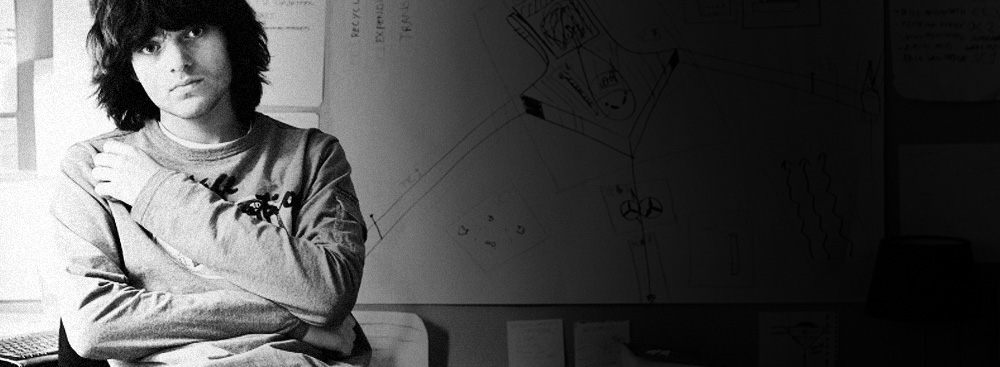
12. BOYAN SLAT
FOUNDER AND CEO, THE OCEAN CLEANUP NETHERLANDS
FOR LASSOING THE OCEAN’S JUNK.
Constantly rotating currents have made it extremely challenging to clean up the 5 trillion-plus pieces of plastic floating in the world’s oceans, a problem that pushed entrepreneur Boyan Slat to wonder, “How can we fix this?” Two years ago, the then-19-year-old launched The Ocean Cleanup, an organization that’s developing technology to intercept ocean debris using water flows. Slat and his team — some 100 engineers, oceanographers, translators, and other experts — have devised a V-shaped array of long, stationary floating barriers that reach 10 feet below the ocean surface. Currents carry plastic into the barriers, which collect and trap trash while marine life continues flowing underneath. The plan is for rubbish to be picked up by boat every 45 days and ultimately recycled. This May, Slat announced he’d reached an agreement with the Japanese government to conduct The Ocean Cleanup’s first test next year, off Tsushima island.
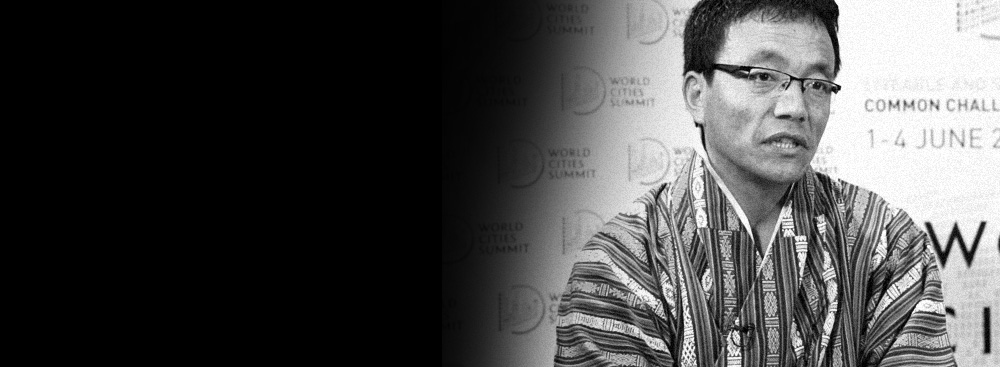
13. KINLAY DORJEE
MAYOR, THIMPHU BHUTAN
FOR ASSERTING THAT A TINY NATION CAN SET GLOBAL TRENDS.
Kinlay Dorjee doesn’t believe that economic progress and environmental protection have to be at odds. He’s the mayor of Thimphu, the capital of Bhutan — a tiny country nestled between China and India, which are the first- and fourth-largest producers of greenhouse gases, respectively. Bhutan is carbon neutral, and its constitution stipulates that its land maintain 60 percent forest cover.
Since his 2011 election, Dorjee has pursued green urban-planning projects and has improved the city’s sanitation. This year, he took his message global: He met with mayors in Bangkok, Seoul, and Singapore. “We may be small, our impact not huge, but we always try many conservation projects,” he told news site Climate Home in August. “It’s mainly to tell the outside world that while Bhutan may have resource problems given its size, even then we aren’t looking at polluting or deforesting the environment.”
CHRONICLERS
These Global Thinkers showed that there aren’t two sides to every story — there are many. Plumbing the depths of conflict, inequality, and vice around the globe, they documented the terrors of living under the Islamic State, peeled back tropes used to narrate Mexico’s drug violence, and gave voices to individuals silenced for being gay or transgender. Several even shook away earthly constraints, seeking the origins of life and all that sustains it on a comet’s surface and at the solar system’s fringes. Some of their stories sparked protests, debates, even reform. Others, however, simply inspired awe.
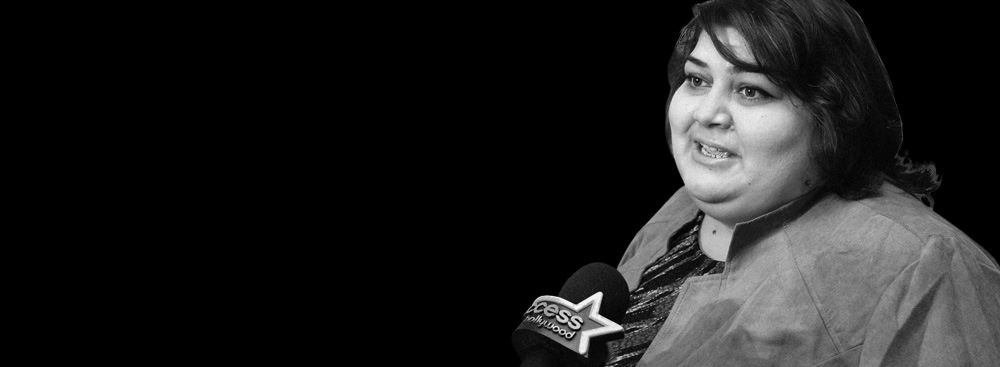
1. KHADIJA ISMAYILOVA
JOURNALIST AZERBAIJAN
FOR STANDING STRONG AGAINST CASPIAN CORRUPTION.
In September, an Azerbaijani court sentenced Radio Free Europe/Radio Liberty journalist Khadija Ismayilova to seven and a half years in prison. Prosecutors had brought charges against her for libel, tax evasion, and illegal business activity, but the allegations were widely believed to have been politically motivated: Ismayilova has spent years investigating corruption within the Azerbaijani government. Even on her sentencing day, the reporter was uncompromising in her critique of the state’s failings. “Many are familiar with the ability of Azerbaijan’s law enforcement system to invent crimes,” she told the court. “[Honest journalists] have forced the repression machine to cover its disgraceful acts with even more shame. The more lies that were exposed, the more they were forced to tell more lies.” She stated near the end, “I might be in prison, but the work will continue.”

2. ANAS AREMEYAW ANAS
JOURNALIST GHANA
FOR EXPOSING GHANA’S BROKEN COURTS WITHOUT EXPOSING HIMSELF.
Despite shaky cinematography, the revelations in Anas Aremeyaw Anas’s documentary, Ghana in the Eyes of God, come through clearly. The product of more than 500 hours of hidden-camera footage, the film — which debuted to packed theaters in Accra — exposes rampant misdeeds in Ghana’s judicial system: judges and other officials allegedly taking bribes, for instance, and demanding sex in exchange for legal favors. As a result, seven of Ghana’s 12 High Court justices have been suspended, pending investigations; another 22 from lower courts have been sidelined too.
Anas, an investigative journalist for 15 years, is well known in Ghana, partly because he never reveals his face in public. What he wants exposed, Anas says, are criminals. “What is the essence of journalism if it doesn’t benefit society?” he asked in a TED talk, wearing a concealing veil of woven string.

3. RAQQA IS BEING SLAUGHTERED SILENTLY
ACTIVISTS SYRIA
FOR NARRATING LIFE UNDER ISIS.
In July, the Islamic State released a video of two orange jumpsuit-clad Syrian men. They’d been charged with spying and working with Raqqa Is Being Slaughtered Silently (RBSS). A group of citizen-journalist activists, RBSS tirelessly works to document the Islamic State’s brutality — crucifixions, beheadings, sexual slavery — in the Syrian city of Raqqa, the self-declared caliphate’s de facto capital. The two men in the video were shot. Afterward, RBSS said the duo, in fact, was not working for the group. However, the executions served as a gruesome reminder that Syria’s activists remain a serious threat to the country’s terrorists. Since RBSS was formed in April 2014, its Twitter following has surpassed 30,000 users, and its dozens of videos on YouTube have hundreds of thousands of views. The Committee to Protect Journalists honored RBSS with an International Press Freedom Award this year.

4. ALICE BOWMAN
MISSION OPERATIONS MANAGER, NASA LAUREL, MD.
FOR REVEALING THE EDGES OF THE SOLAR SYSTEM.
The New Horizons spacecraft took the first-ever photographs of Pluto’s surface in July. There were mountains, evidence of freezing, possibly even indicators of tectonics — everything was more dynamic than scientists expected from a body downgraded from planet status nearly a decade ago.
Alice Bowman leads the group that controls New Horizons. (The flyby team is also 25 percent female, notable in the United States, where, as of 2013, just 11.8 percent of physicists and astronomers were female.) An October Science article Bowman co-wrote noted that, among other important findings, the mission could have “profound implications” for understanding how and when the Kuiper Belt, the ring of debris at the solar system’s edge, formed. And new revelations will only keep coming: Because New Horizons is so far away, close to 95 percent of the data it captured this summer has yet to be downloaded.

5. ROBIN HAMMOND
PHOTOGRAPHER FRANCE
FOR CHAMPIONING FORBIDDEN LIVES.
Time ran a feature about discrimination against lesbian, gay, bisexual, and transgender (LGBT) people in Uganda this June. The accompanying cover image, a shot of an activist holding up a fist as a sign of strength, was taken by Robin Hammond as part of “Where Love Is Illegal,” a campaign to share portraits and personal stories of persecution in countries where LGBT rights are suppressed.
Hammond has traveled to Cameroon, Russia, and other countries shooting photographs. He compiles them on a website and Instagram account — with more than 115,000 followers — and has also hosted exhibitions in the United States and Europe. In addition to raising awareness, the campaign is gathering funds to support grassroots LGBT groups. In August, for instance, after posting a request on Instagram, it secured enough money for bail and legal representation needed by four Nigerian men who faced 14 years in prison after being detained for having sex.
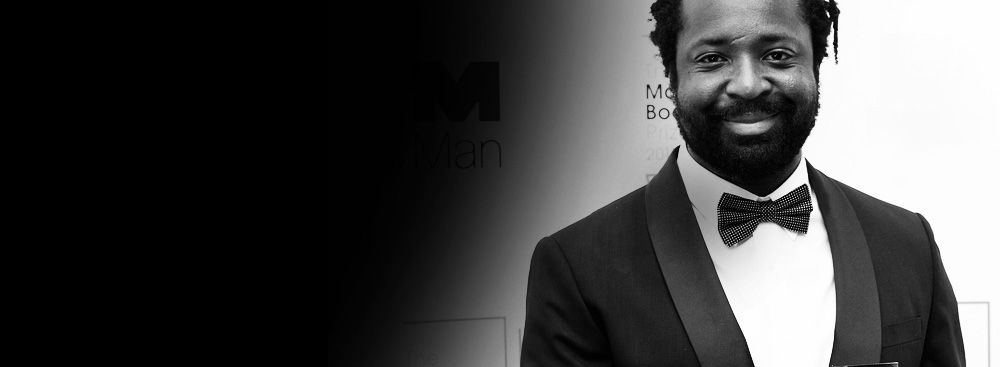
6. MARLON JAMES
NOVELIST ST. PAUL, MINN.
FOR PULLING BACK THE CURTAIN ON JAMAICA’S DEFINITIVE DECADES.
At roughly 700 pages, Marlon James’s novel A Brief History of Seven Killings isn’t brief at all. And it’s about much more than the title suggests. Using the 1976 attempted assassination of musician Bob Marley as a starting point, James weaves together gang violence, drug trafficking, government corruption, and even CIA machinations in an immense chronicle of modern Jamaica, his birthplace. Moreover, in his deftly constructed constellation of narrators — alongside drug lords, a Rolling Stone journalist, and even ghosts — James includes Jamaicans living in late 20th-century America who, as he told the Washington Post, are “stunned by a racial and economic landscape that is not their own.” The novel’s themes won James an Anisfield-Wolf fiction award, given to books dealing with race and diversity — previous winners include Langston Hughes and Toni Morrison — and its innovative crafting earned him the prestigious Man Booker Prize.
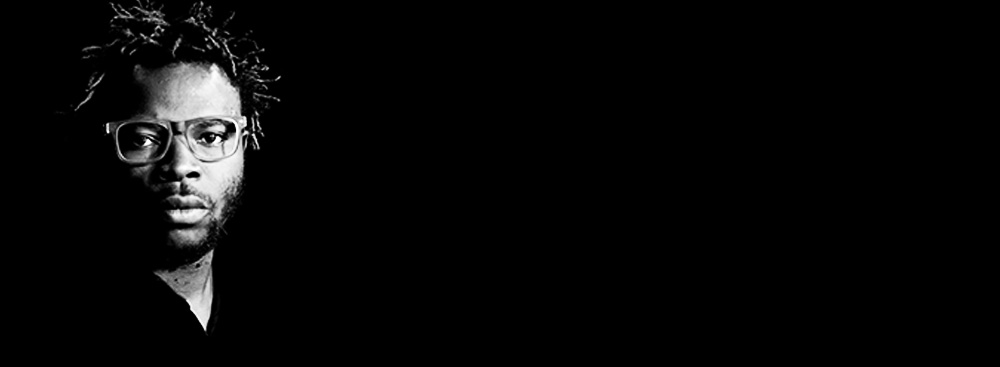
7. MÁRIO MACILAU
PHOTOGRAPHER MOZAMBIQUE
FOR ERASING STEREOTYPES ABOUT STREET CHILDREN.
Mário Macilau’s photography series, Growing in Darkness, captures the street youth of Mozambique’s capital in their adopted living spaces, including the undersides of bridges and abandoned buildings. In the black-and-white images, shadows represent the urban children’s marginalization — like their peers in other African cities, many collect trash or scrap metal — while the contrast of natural light emphasizes their humanity. “They might be wearing dirty T-shirts, but … in the photograph, they are clean,” Macilau told the BBC. “That’s because the light is beautiful, their expression is beautiful.”
Remarkably, Macilau, whose series was featured at the Venice Biennale, lived on the streets for some of his own childhood. “It is from this position of a friend,” he told CNN, “that I managed to capture their existence: the adversity of their environments, the endurance of their young but possibly condemned bodies, and their resilience that, daily, defies the inhumanity of their hardships.”

8. JOHANNA SCHWARTZ
DOCUMENTARIAN UNITED KINGDOM
FOR TRUMPETING THE RESILIENCE OF MALI’S MUSICIANS.
Johanna Schwartz’s 2013 vacation plans to attend a music festival in Mali were disrupted when the government was overthrown and militant Islamists overran the country’s north, imposing a draconian version of sharia law that effectively banned music. The festival was canceled, but Schwartz got on a plane anyway. Over the next few years, the filmmaker documented musicians displaced by conflict, even threatened with torture and death, yet fighting to keep their art alive in refugee camps and Bamako, the capital. Among them was Songhoy Blues, a quartet of men who formed a band in Bamako and made an album, Music in Exile, that went on to win international acclaim. Schwartz’s 2015 film, They Will Have to Kill Us First, has also impressed critics. After its world premiere at the South by Southwest festival, the Austin Chronicle called it “[s]ocial journalism of the highest order … by turns horrific and front-loaded with sonic heroism.”

9. ROSETTA MISSION TEAM
SCIENTISTS WESTERN EUROPE
FOR PROBING HUMANITY’S ROCKY ORIGINS.
Scientists have long suspected that comets crashing onto Earth may have delivered some of the molecular materials necessary to produce life. Among the goals of the European Space Agency’s Rosetta mission is trying to prove that hypothesis. In June, data from the Philae probe, which in late 2014 became the first spacecraft to land safely on the surface of a comet, finally began streaming in. (The delay was because solar-powered Philae hibernated until the comet, 67P/Churyumov-Gerasimenko, got close enough to the sun for the batteries to charge.) Among the early findings, published in Science, is the occurrence of carbon- and nitrogen-rich molecules that, as the agency’s website put it, “could have played a key role in fostering the formation” of organic compounds, such as amino acids and nucleobases. Rosetta will continue into 2016, but the first measurements already “profoundly modify our view of comets,” according to the mission’s scientists.
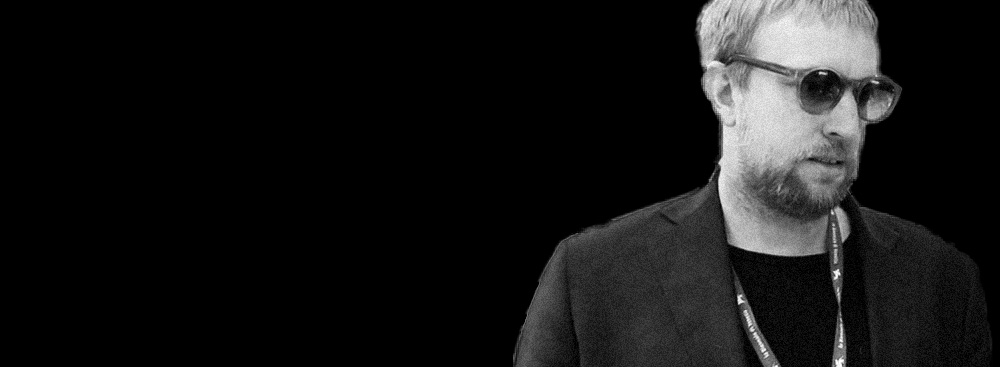
10. TOBIAS ZIELONY
PHOTOGRAPHER GERMANY
FOR CHANGING THE LENS OF THE REFUGEE STORY.
Images of refugees — such as those of Syrian asylum-seekers crossing the Mediterranean — have long been part of how Westerners understand faraway conflicts. But German photographer Tobias Zielony wanted to reimagine the relationship between audience and subject: He documented African refugees who have settled in Europe and then, counterintuitively, published those photos in the local papers of his subjects’ home countries. With Zielony as one of five artists showcased at his country’s pavilion at the Venice Biennale, his work is a series of newspaper clippings, offering a window into the refugee story for people who are rarely its target audience. “We know the pictures of refugee camps in Sudan,” he told Deutsche Welle, “but [not] the other way around.” His art becomes not simply the photographs, but how new, unexpected audiences view and understand them.
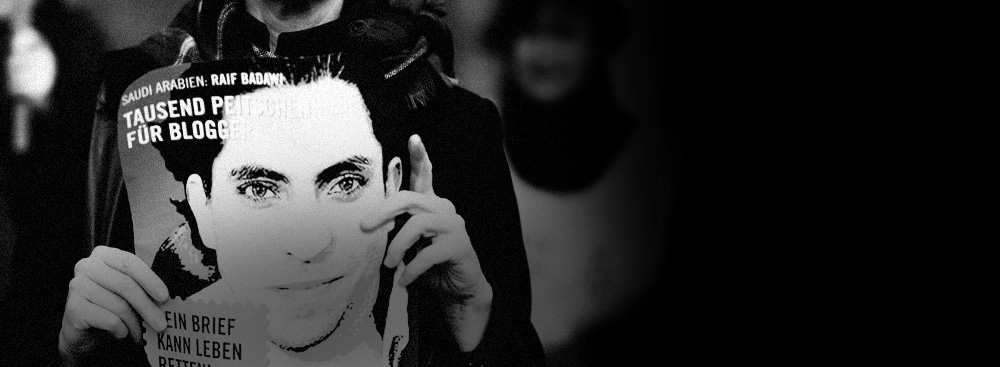
11. RAIF BADAWI
ACTIVIST SAUDI ARABIA
FOR PUTTING THE KINGDOM’S MEDIEVAL JUSTICE SYSTEM ON TRIAL.
On his blog, writer and activist Raif Badawi asserted his belief in human rights and the dangers of religious extremism. In Saudi Arabia, that made him a criminal. Badawi was publicly flogged in January, receiving the first 50 lashes of the 1,000 he was sentenced to endure over 20 weeks for offenses such as “ridiculing Islamic religious figures” and “going beyond the realm of obedience.” The penalty drew worldwide condemnation, even from Saudi Arabia’s staunch allies. The U.S. State Department called on the Saudis “to cancel this brutal punishment and to review Badawi’s case and sentence.” His subsequent lashings were delayed on medical grounds — doctors reportedly said his scars had not healed — but some observers speculate Riyadh really fears another round of rebuke.
Badawi wrote in his 2015 book, 1000 Lashes, which he dictated from prison, “All this cruel suffering happened to me because I expressed my opinion.”
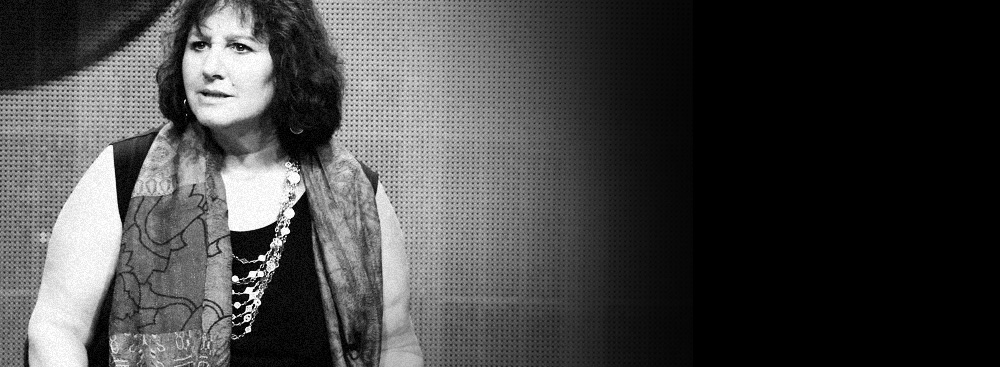
12. LESLEE UDWIN
DOCUMENTARIAN UNITED KINGDOM
FOR BROADCASTING INDIA’S SEXUAL ASSAULT CRISIS.
With India’s Daughter, a documentary about the 2012 sexual assault of a 23-year-old Delhi student, director Leslee Udwin intended to fuel a public reckoning with India’s systemic gender-based violence. There was one problem though: An Indian court banned her film — part of a BBC series — prior to its March premiere. This only further stoked the public’s anger over the prevalence of rape and the failures of India’s justice system. During the film’s scheduled time, news channel NDTV, in protest, broadcast a static screen that read, “India’s Daughter.” Some activists defied the ban, screening the film privately (it was briefly available on YouTube). In April, Udwin told an audience at the Women in the World summit in New York, “My documentary is a drop of water on a stone, and we should all globally hang our heads in shame [if] we don’t stop war on women.”
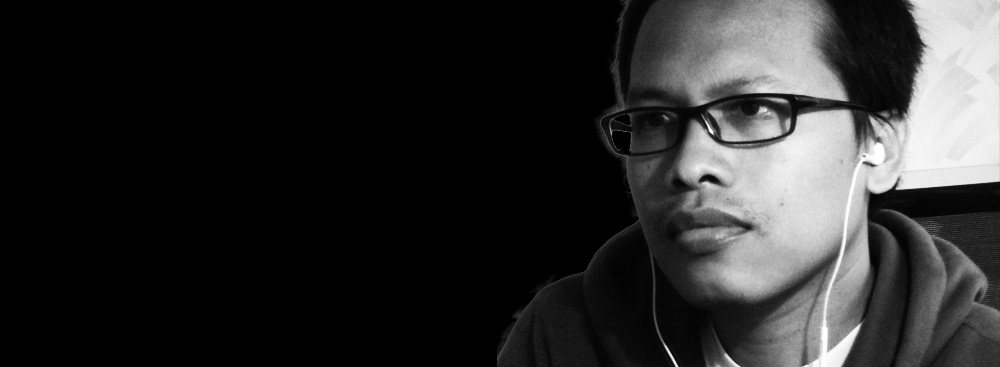
13. EKA KURNIAWAN
NOVELIST INDONESIA
FOR PINNING INDONESIAN LITERATURE ON THE MAP.
“One afternoon on a weekend in March, Dewi Ayu rose from her grave after being dead for twenty-one years.” So begins Indonesian writer Eka Kurniawan’s Beauty Is a Wound, published in 2002 and first translated into English this year. The book draws upon Indonesia’s discursive oral storytelling traditions, local literary forebears like Pramoedya Ananta Toer, and Latin American magic realists like Gabriel García Márquez. Its characters, situated in a fictional Javanese city, are caught in the rushing currents of modern Indonesian history, including the 1965-1966 massacres of accused communists.
Until now, Indonesian literature has largely remained a black hole on the world stage. Kurniawan “is helping to establish Indonesia’s voice,” his English-language translator, Annie Tucker, wrote in an essay for PEN American Center, “illuminat[ing] how world literature has influenced Indonesian writers.” Even still, Kurniawan admits he didn’t set out with global ambitions: “I just wanted to write a horror novel like I loved to read,” he told an Australian journalist.
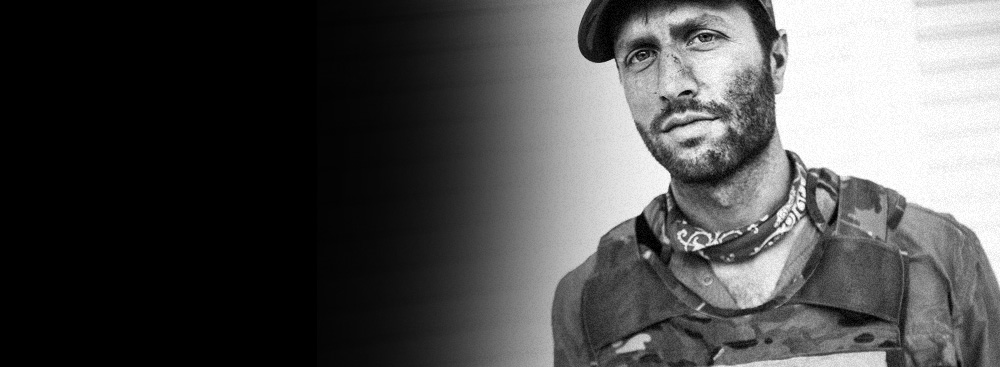
14. MATTHEW HEINEMAN
DOCUMENTARIAN NEW YORK CITY
FOR PENETRATING MEXICO’S DARK UNDERBELLY.
Dozens of journalists have died covering Mexico’s drug war. In 2012, six were killed in a month’s time. Yet the following year, armed with only Canon video cameras, Matthew Heineman went deep into the country to embed with the Autodefensas, an armed vigilante group fighting the Knights Templar drug cartel in Michoacán state. The result is Cartel Land, a documentary celebrated for its extraordinary access to some of the world’s most dangerous territory: Heineman filmed meth labs, torture rooms, even a shootout. “I wanted to show people a world that they don’t get to see,” he told the Los Angeles Times. The movie, which also follows U.S. citizen volunteers patrolling the Arizona-Mexico border with guns, paints a picture of what happens when people lose faith in their government’s ability to protect them. It secured Heineman the award for best director of a U.S. documentary at the 2015 Sundance Film Festival.
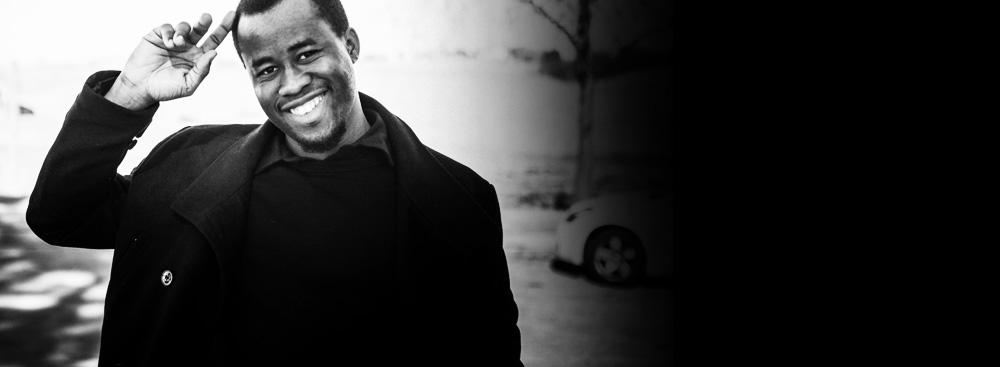
15. CHIGOZIE OBIOMA
NOVELIST LINCOLN, NEB.
FOR CRAFTING A PARABLE OF NIGERIA’S DECLINE.
Nigerian Chigozie Obioma’s debut novel, The Fishermen, is a recasting of the story of Cain and Abel: A madman prophesies that 15-year-old Ikenna will be killed by one of his three brothers, after which anxiety and suspicion lead to tragedy. But the book, which was shortlisted for the Man Booker Prize, is also an allegory for Nigeria’s failings as a state. Ikenna must lead his brothers after his father leaves home, and as the premonition unravels him psychologically, his family suffers. Set in the 1990s, when dictator Sani Abacha ruled Nigeria, Obioma’s book is a critique of his country’s leaders — but also the fact that, thanks to British colonialism, they came to govern at all. He told the Michigan Quarterly Review, “Distinct tribes, like Yoruba and Igbo, they are their own states.… But then a colonizing force came in and said, ‘Be a nation.’ It is tantamount to the prophecy of a madman.”
MOGULS
Even corporate titans known for single-mindedly protecting their bottom lines can sometimes do the right thing — especially with a nudge from a visionary thinker. The business leaders who comprise this category made it easier for parents to take time off from their careers after having children, enabled cheap mobile access for India’s poor, invested in female-founded start-ups (of which there are woefully few in the world), and sought to remove deep-rooted gender and racial biases in hiring. Together, they showed that progress is possible, whether in corner offices or on factory floors.

1. RAJAN ANANDAN
MANAGING DIRECTOR, GOOGLE, SOUTHEAST ASIA AND INDIA INDIA
FOR LOBBYING ON BEHALF OF THE UNCONNECTED.
If the Chinese dream is, in the words of President Xi Jinping, the “great rejuvenation of the Chinese nation,” the dream of its southwestern neighbor seems to be something more individualistic: amass tech wealth and improve the lives of India’s poor. No one epitomizes this more than tech doyen Rajan Anandan. He has used his stewardship of Google in India to greatly improve tech access for the poor by successfully lobbying Indian manufacturers to launch low-cost phones, pushing carriers to bring down the prices of data plans, and increasing the translation of Google products into many Indian languages. Beyond that, he’s also one of the country’s most active tech investors: Between January 2014 and June 2015, he was the most prolific, according to Quartz, investing in 15 start-ups. Anandan’s work simply proves that good business doesn’t have to be at odds with good citizenry.

2. EMILY LEPROUST
CEO AND CO-FOUNDER, TWIST BIOSCIENCE SAN FRANCISCO
FOR FAST-TRACKING THE BUILDING BLOCKS OF LIFE.
Several companies create and ship synthetic DNA straight to scientists’ doorsteps. Emily Leproust of Twist Bioscience, however, has figured out how to do it faster and cheaper. Her company, which began working with select customers in April and launched commercially this fall, has developed a device that uses silicon to create DNA 100 times more efficiently than its competitors. (Other methods use plastic.) Twist, which had raised more than $80 million by this summer, will be able to deliver more genes to more clients than ever before. The result? The development of new vaccines, crops, fuels, and bio-based products — many of which could replace petroleum-derived ones. “Our lifestyle is very difficult on the environment,” Leproust told Wired in March. “It’s expensive and it’s harmful; there needs to be another way.”
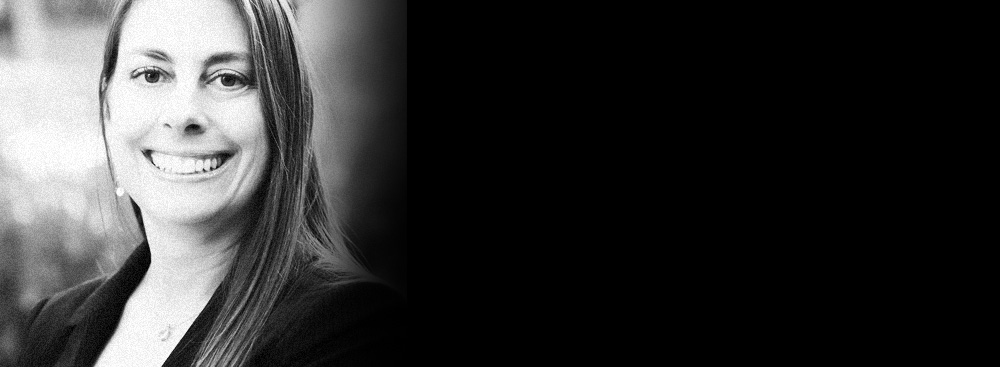
3. LAURA MATHER
CEO, UNITIVE WOODSIDE, CALIF.
FOR HELPING COMPANIES HIRE BLIND.
Workplace biases can start even in a job listing. “Fast-paced” and “work hard, play hard” tend to attract male applicants; “support” and “teamwork” appeal to minorities; and “analytical,” “competitive salary,” and “workforce” are turn-off phrases to women. That’s why eBay alum Laura Mather created Unitive, a program that flags trigger words in job listings and keeps race and gender hidden in résumés. Unitive’s process reveals to the reviewer only certain elements of the résumé at a time. For instance, to reduce Ivy League bias, education isn’t visible at the same time as work history; it will show up only afterward. As Mather told ThinkProgress, “We are constantly reminding people about what is most important to [a] job.”
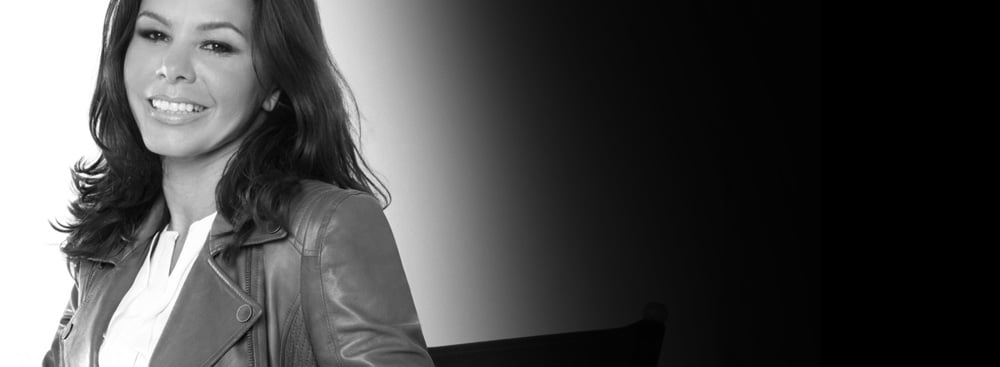
4. TAWNI CRANZ
CHIEF TALENT OFFICER, NETFLIX LOS GATOS, CALIFORNIA
FOR GIVING PARENTS A BREAK.
America doesn’t guarantee paid leave for new parents, which means employers autonomously define policies, most of which have long prioritized productivity over family. But the tide may be turning. In August, Chief Talent Officer Tawni Cranz announced that Netflix would start offering unlimited paid leave so that parents can “take off as much time as they want during the first year after a child’s birth or adoption.” Netflix is betting that the talent market will reward progressive benefits. “Experience shows people perform better at work when they’re not worrying about home,” Cranz wrote in a blog post.
Netflix has been criticized for offering the plan to only salaried employees in its streaming division, the company’s fastest-growing branch; DVD sorters paid hourly, for instance, don’t qualify. Yet a national conversation has been jump-started — and in a clear signal of competitive impact, Microsoft expanded its paid-leave policy one day after Netflix’s announcement.
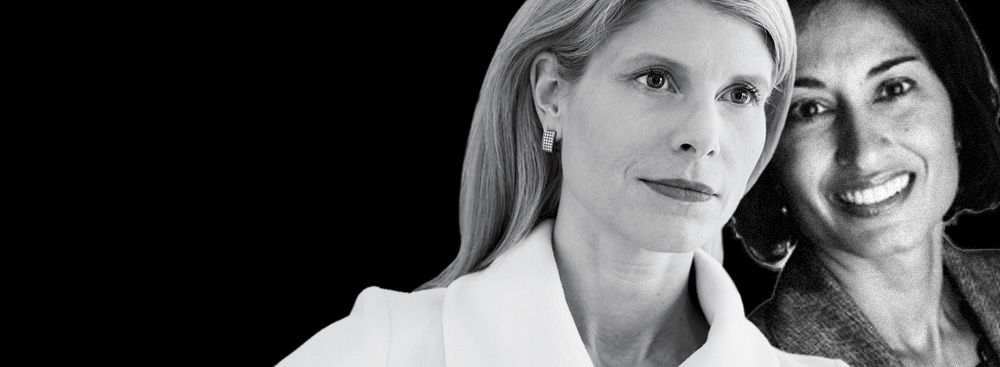
5. SHANNON SCHUYLER & AYESHA KHANNA
CORPORATE RESPONSIBILITY LEADER, PRICEWATERHOUSECOOPERS; FOUNDER, CIVIC ACCELERATOR CHICAGO; ATLANTA
FOR NUDGING WOMEN INTO THE CORNER OFFICE.
According to TechCrunch, between 2009 and 2014, just 15.5 percent of U.S. start-ups had at least one woman on their founding teams, while only 10 percent of solo founders were women. Ayesha Khanna and Shannon Schuyler want those numbers to grow. In November 2014, Schuyler, head of corporate responsibility at PricewaterhouseCoopers (PwC), and Khanna, founder of the Civic Accelerator, an investment fund for socially conscious enterprises, pooled resources to help women gain access to capital. This spring, with PwC funding, Civic Accelerator’s cohort of 13 U.S. start-ups — all of which had at least one female founder, and 11 of which were started entirely by women — participated in a 10-week boot camp to test ideas and connect with investors. Khanna and Schuyler have pledged that at least half of future Accelerator-supported ventures will be owned by women.
2015 GLOBAL THINKER STATISTICS
Each year, Foreign Policy identifies its 100 Leading Global Thinkers — and while there are 100 slots, there are far more individuals who actually populate the list. (125, to be exact.) This is because we identify teams when efforts are collaborative and often group people who, independent of each other, work toward a common goal.
In 2015, the Global Thinkers are particularly diverse: Just as the globe’s intractable problems aren’t confined neatly to the realms of politics and policy, neither are the individuals imagining innovative solutions. These thinkers are artists and activists, medical experts and entrepreneurs, scientists and pop singers — and they hail from nearly every continent. And, for the first time ever, the list includes more women than men.


